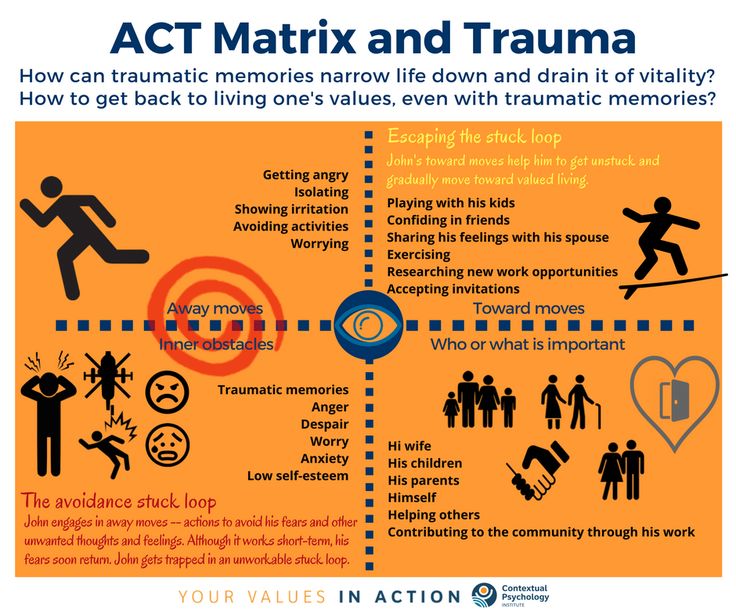Action and commitment therapy summary
Acceptance and Commitment Therapy (ACT): An Overview
Imagine a therapy that makes no attempt to reduce symptoms, but gets symptom reduction as a by-product. A therapy firmly based in the tradition of empirical science, yet has a major emphasis on values, forgiveness, acceptance, compassion, living in the present moment, and accessing a transcendent sense of self. A therapy so hard to classify that it has been described as an “existential humanistic cognitive behavioral therapy.”
Acceptance and Commitment Therapy, known as “ACT” (pronounced as the word “act”) is a mindfulness-based behavioral therapy that challenges the ground rules of most Western psychology. It utilizes an eclectic mix of metaphor, paradox, and mindfulness skills, along with a wide range of experiential exercises and values-guided behavioral interventions. ACT has proven effective with a diverse range of clinical conditions: depression, OCD, workplace stress, chronic pain, the stress of terminal cancer, anxiety, PTSD, anorexia, heroin abuse, marijuana abuse, and even schizophrenia.
¹ A study by Bach & Hayes² showed that with only four hours of ACT, hospital re-admission rates for schizophrenic patients dropped by 50% over the next six months.
The Goal of ACT
The goal of ACT is to create a rich and meaningful life, while accepting the pain that inevitably goes with it. “ACT” is a good abbreviation, because this therapy is about taking effective action guided by our deepest values and in which we are fully present and engaged. It is only through mindful action that we can create a meaningful life. Of course, as we attempt to create such a life, we will encounter all sorts of barriers, in the form of unpleasant and unwanted "private experiences" (thoughts, images, feelings, sensations, urges, and memories.) ACT teaches mindfulness skills as an effective way to handle these private experiences.
What is Mindfulness?
When I discuss mindfulness with clients, I define it as: “Consciously bringing awareness to your here-and-now experience with openness, interest and receptiveness. There are many facets to mindfulness, including living in the present moment; engaging fully in what you are doing rather than “getting lost” in your thoughts; and allowing your feelings to be as they are, letting them come and go rather than trying to control them. When we observe our private experiences with openness and receptiveness, even the most painful thoughts, feelings, sensations and memories can seem less threatening or unbearable. In this way mindfulness can help us to transform our relationship with painful thoughts and feelings in a way that reduces their impact and influence over our life.
There are many facets to mindfulness, including living in the present moment; engaging fully in what you are doing rather than “getting lost” in your thoughts; and allowing your feelings to be as they are, letting them come and go rather than trying to control them. When we observe our private experiences with openness and receptiveness, even the most painful thoughts, feelings, sensations and memories can seem less threatening or unbearable. In this way mindfulness can help us to transform our relationship with painful thoughts and feelings in a way that reduces their impact and influence over our life.
How Does ACT Differ from Other Mindfulness-based Approaches?
ACT is one of the so-called “third wave” of behavioral therapies—along with Dialectical Behavior Therapy (DBT), Mindfulness-Based Cognitive Therapy (MBCT) and Mindfulness-Based Stress Reduction (MBSR)—all of which place a major emphasis on the development of mindfulness skills.
Created in 1986 by Steve Hayes, ACT was the first of these "third wave” therapies, and currently has a considerable body of empirical data to support its effectiveness.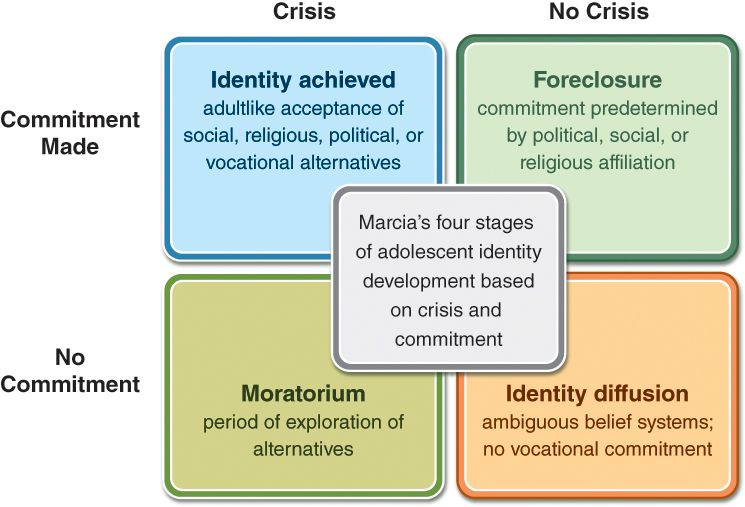 The “first wave” of behavioral therapies, in the fifties and sixties, focused on overt behavioral change and utilized techniques linked to operant and classical conditioning principles. The “second wave” in the seventies included cognitive interventions as a key strategy. Cognitive-behavior therapy (CBT) eventually came to dominate this “second wave”
The “first wave” of behavioral therapies, in the fifties and sixties, focused on overt behavioral change and utilized techniques linked to operant and classical conditioning principles. The “second wave” in the seventies included cognitive interventions as a key strategy. Cognitive-behavior therapy (CBT) eventually came to dominate this “second wave”
ACT differs from DBT, MBCT, and MBSR in many ways. For a start, MBSR and MBCT are essentially manualized treatment protocols, designed for use with groups for treatment of stress and depression. DBT is typically a combination of group skills training and individual therapy, designed primarily for group treatment of Borderline Personality Disorder. In contrast, ACT can be used with individuals, couples and groups, both as brief therapy or long term therapy, in a wide range of clinical populations. Furthermore, rather than following a manualized protocol, ACT allows the therapist to create and individualize their own mindfulness techniques, or even to co-create them with clients.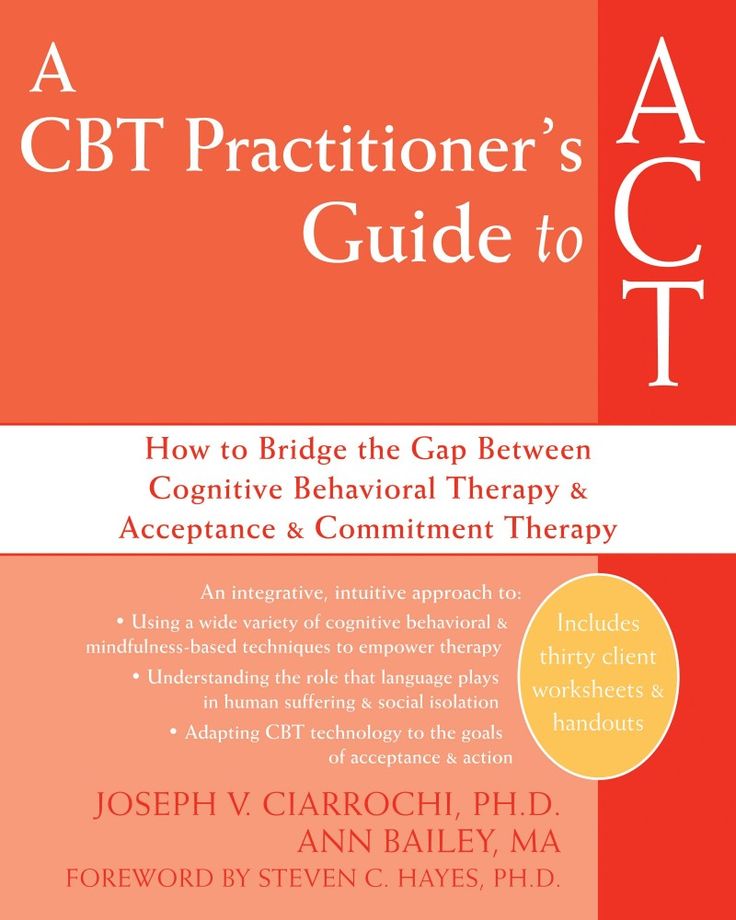
ACT is the only Western psychotherapy developed in conjunction with its own basic research program into human language and cognition.
Another primary difference is that ACT sees formal mindfulness meditation as only one way of many to teach mindfulness skills. Mindfulness skills are “divided” into four subsets:
- Acceptance
- Cognitive defusion
- Contact with the present moment
- The Observing Self
The range of ACT interventions to develop these skills is vast and continues to grow, ranging from traditional meditations on the breath through to cognitive defusion techniques.
What is Unique to Act?
ACT is the only Western psychotherapy developed in conjunction with its own basic research program into human language and cognition—Relational Frame Theory (RFT). It is beyond the scope of this article to go into RFT in detail, however, for more information see http://contextualscience. org/rft.
org/rft.
In stark contrast to most Western psychotherapy,
ACT does not have symptom reduction as a goal.
ACT does not have symptom reduction as a goal. This is based on the view that the ongoing attempt to get rid of “symptoms” actually creates a clinical disorder in the first place. As soon as a private experience is labeled a “symptom,” a struggle with the “symptom” is created. A “symptom” is by definition something “pathological” and something we should try to get rid of. In ACT, the aim is to transform our relationship with our difficult thoughts and feelings, so that we no longer perceive them as “symptoms.” Instead, we learn to perceive them as harmless, even if uncomfortable, transient psychological events. Ironically, it is through this process that ACT actually achieves symptom reduction—but as a by-product and not the goal.
Healthy Normality
Another way in which ACT is unique, is that it doesn't rest on the assumption of “healthy normality.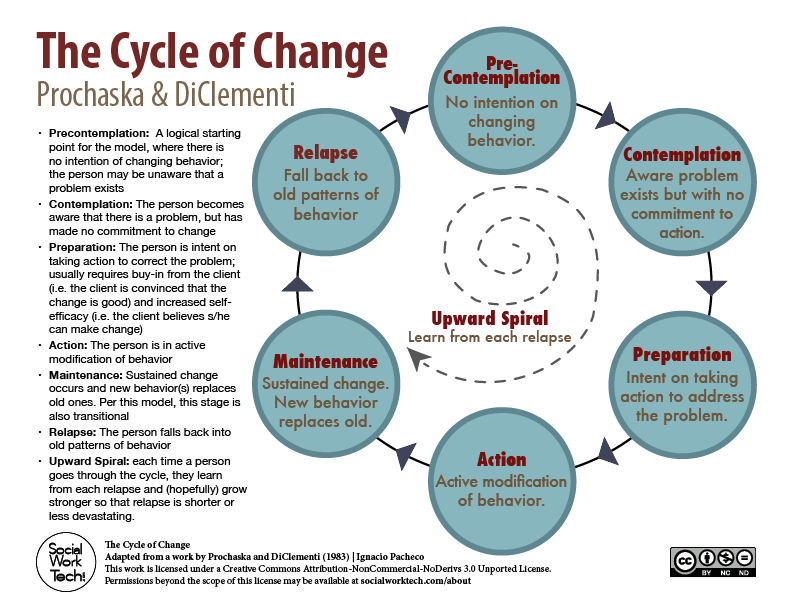 ” Western psychology is founded on the assumption of healthy normality: that by their nature, humans are psychologically healthy, and given a healthy environment, lifestyle, and social context (with opportunities for “self-actualization”), humans will naturally be happy and content. From this perspective, psychological suffering is seen as abnormal; a disease or syndrome driven by unusual pathological processes.
” Western psychology is founded on the assumption of healthy normality: that by their nature, humans are psychologically healthy, and given a healthy environment, lifestyle, and social context (with opportunities for “self-actualization”), humans will naturally be happy and content. From this perspective, psychological suffering is seen as abnormal; a disease or syndrome driven by unusual pathological processes.
Why does ACT suspect this assumption to be false? If we examine the statistics we find that in any year almost 30 percent or the adult population will suffer from a recognized psychiatric disorder.³
The World Health Organization estimates that depression is currently the fourth biggest, most costly, and most debilitating disease in the world, and by the year 2020 it will be the second biggest.
The World Health Organization estimates that depression is currently the fourth biggest, most costly, and most debilitating disease in the world, and by the year 2020 it will be the second biggest. In any week, one-tenth of the adult population is suffering from clinical depression, and one in five people will suffer from it at some point in their lifetime?. Furthermore, one in four adults, at some stage in their lifetime, will suffer from drug or alcohol addiction. There are now over twenty million alcoholics in the United States alone.?
In any week, one-tenth of the adult population is suffering from clinical depression, and one in five people will suffer from it at some point in their lifetime?. Furthermore, one in four adults, at some stage in their lifetime, will suffer from drug or alcohol addiction. There are now over twenty million alcoholics in the United States alone.?
More startling and sobering is the finding that almost one in two people will go through a stage in life when they consider suicide seriously, and will struggle with it for a period of two weeks or more. Scarier still, one in ten people at some point attempt to kill themselves?.
In addition, consider the many forms of psychological suffering that do not constitute “clinical disorders”—loneliness, boredom, alienation, meaninglessness, low self-esteem, existential angst, and pain associated with issues such as racism, bullying, sexism, domestic violence, and divorce. Clearly, even though our standard of living is higher than ever before in recorded history, psychological suffering is all around us.
Destructive Normality
ACT assumes that the psychological processes of a normal human mind are often destructive, and create psychological suffering for us all, sooner or later. Furthermore, ACT postulates that the root of this suffering is human language itself. Human language is a highly complex system of symbols, which includes words, images, sounds, facial expressions and physical gestures. We use this language in two domains: public and private. The public use of language includes speaking, talking, miming, gesturing, writing, painting, singing, dancing and so on. The private use of language includes thinking, imagining, daydreaming, planning, visualizing and so on. A more technical term for the private use of language is “cognition.”
Now clearly the mind is not a “thing” or an “object.” Rather, it is a complex set of cognitive processes—such as analyzing, comparing, evaluating, planning, remembering, visualizing—and all of these processes rely on human language. Thus in ACT, the word “mind” is used as a metaphor for human language itself.
Thus in ACT, the word “mind” is used as a metaphor for human language itself.
ACT assumes that the psychological processes of a normal human mind are often destructive, and create psychological suffering for us all, sooner or later.
Unfortunately, human language is a double-edged sword. On the positive it helps us make maps and models of the world; predict and plan for the future; share knowledge; learn from the past; imagine things that have never existed, and go on to create them; develop rules that guide our behavior effectively, and help us to thrive as a community; communicate with people who are far away; and learn from people who are no longer alive.
The dark side of language is that we use it to lie, manipulate and deceive; to spread libel, slander and ignorance; to incite hatred, prejudice and violence; to make weapons of mass destruction, and industries of mass pollution; to dwell on and “relive” painful events from the past; to scare ourselves by imagining unpleasant futures; to compare, judge, criticize and condemn both ourselves and others; and to create rules for ourselves that can often be life-constricting or destructive.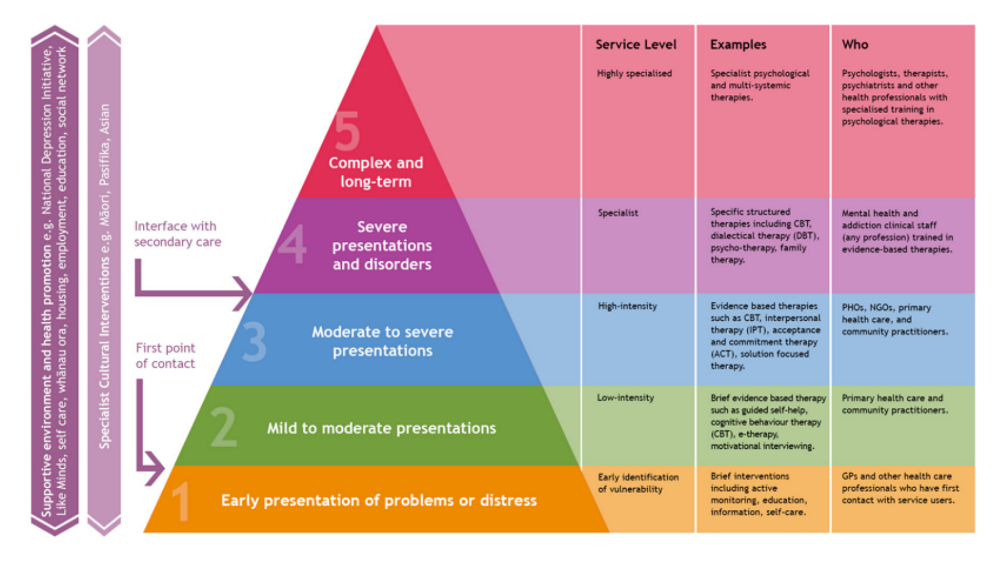
Experiential Avoidance
ACT rests on the assumption that human language naturally creates psychological suffering for us all. One way it does this is through setting us up for a struggle with our own thoughts and feelings, through a process called experiential avoidance.
Probably the single biggest evolutionary advantage of human language was the ability to anticipate and solve problems. It has enabled us not only to change the face of the planet, but to travel outside it. The essence of problem-solving is this:
Problem = something we don't want.
Solution = figure out how to get rid of it, or avoid it.
This approach obviously works well in the material world. A wolf outside your door? Get rid of it. Throw rocks at it, or spears, or shoot it. Snow, rain, hail? Well, you can't get rid of those things, but you can avoid them by hiding in a cave, or building a shelter. Dry, arid ground? You can get rid of it by irrigation and fertilization, or you can avoid it by moving to a better location.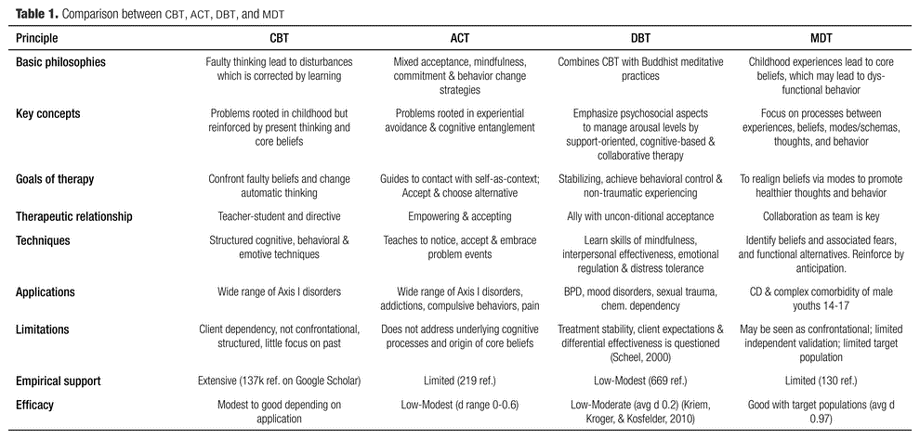 Problem solving strategies are therefore highly adaptive for us as humans (and indeed, teaching such skills has proven to be effective in the treatment of depression.) Given this problem-solving approach works well in the outside world, it's only natural that we would tend to apply it to our interior world; the psychological world of thoughts, feelings, memories, sensations, and urges. Unfortunately, all too often when we try to avoid or get rid of unwanted private experiences, we simply create extra suffering for ourselves. For example, virtually every addiction known to mankind begins as an attempt to avoid or get rid of unwanted thoughts and feelings, such as boredom, loneliness, anxiety, depression and so on. The addictive behavior then becomes self-sustaining, because it provides a quick and easy way to get rid of cravings or withdrawal symptoms.
Problem solving strategies are therefore highly adaptive for us as humans (and indeed, teaching such skills has proven to be effective in the treatment of depression.) Given this problem-solving approach works well in the outside world, it's only natural that we would tend to apply it to our interior world; the psychological world of thoughts, feelings, memories, sensations, and urges. Unfortunately, all too often when we try to avoid or get rid of unwanted private experiences, we simply create extra suffering for ourselves. For example, virtually every addiction known to mankind begins as an attempt to avoid or get rid of unwanted thoughts and feelings, such as boredom, loneliness, anxiety, depression and so on. The addictive behavior then becomes self-sustaining, because it provides a quick and easy way to get rid of cravings or withdrawal symptoms.
Virtually every addiction known to mankind begins as an attempt to avoid or get rid of unwanted thoughts and feelings, such as boredom, loneliness, anxiety, depression and so on. The addictive behavior then becomes self-sustaining, because it provides a quick and easy way to get rid of cravings or withdrawal symptoms.
The addictive behavior then becomes self-sustaining, because it provides a quick and easy way to get rid of cravings or withdrawal symptoms.
The more time and energy we spend trying to avoid or get rid of unwanted private experiences, the more we are likely to suffer psychologically in the long term. Anxiety disorders provide a good example. It is not the presence of anxiety that comprises the essence of an anxiety disorder. After all, anxiety is a normal human emotion that we all experience. At the core of any anxiety disorder lies a major preoccupation with trying to avoid or get rid of anxiety. OCD provides a florid example; l never cease to be amazed by the elaborate rituals that OCD sufferers devise, in vain attempts to get rid or anxiety-provoking thoughts and images. Sadly, the more importance we place on avoiding anxiety, the more we develop anxiety about our anxiety—thereby exacerbating it. It's a vicious cycle found at the center of any anxiety disorder. (What is a panic attack if not anxiety about anxiety?)
A large body of research shows that higher experiential avoidance is associated with anxiety disorders, depression, poorer work performance, higher levels of substance abuse, lower quality of life, high-risk sexual behavior, borderline personality disorder, greater severity of PTSD, long-term disability and alexithymia.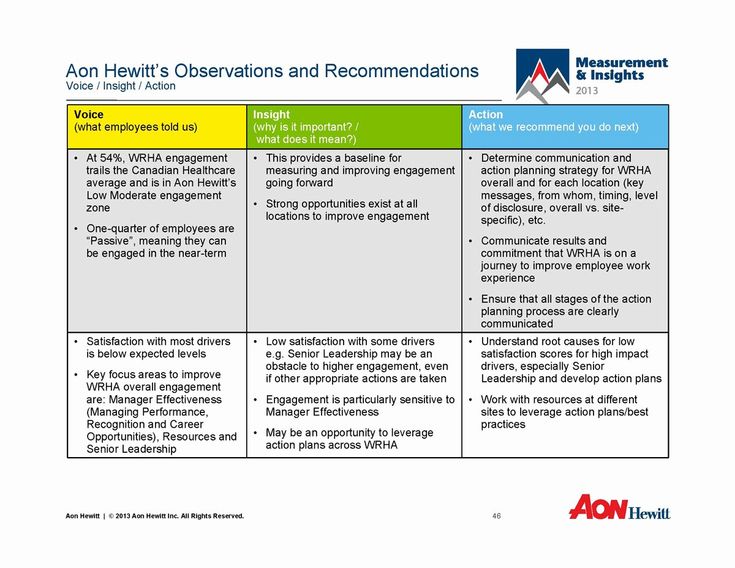
Of course, not all forms of experiential avoidance are unhealthy. For example, drinking a glass of wine to unwind at night is experiential avoidance, but it's not likely to be harmful. However, drinking an entire bottle of wine a night is likely to be extremely harmful in the long term. ACT targets experiential avoidance strategies only when client use them to such a degree that they become costly, life-distorting, or harmful. ACT calls these “emotional control strategies,” because they are attempts to directly control how we feel. Many of the emotional control strategies that clients use to try to feel good (or to feel “less bad”) may work in the short term, but frequently they are costly and self-destructive in the long term. For example, depressed clients often withdraw from socializing in order to avoid uncomfortable thoughts—“I’m a burden,” “I have nothing to say,” “I won’t enjoy myself”—and unpleasant feelings such as anxiety, fatigue and fear of rejection. In the short term, canceling a social engagement may give rise to a short-lived sense of relief, but in the long term, the increasing social isolation makes them more depressed.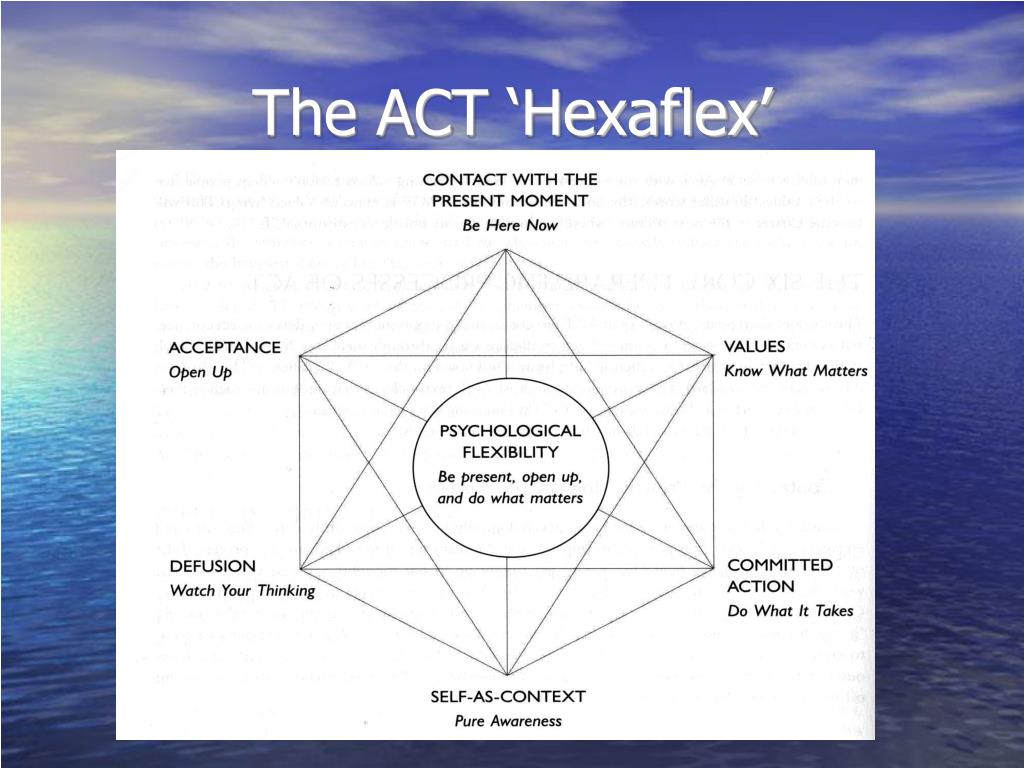
Therapeutic Interventions
ACT offers clients an alternative to experiential avoidance through a variety of therapeutic interventions. In general, clients come to therapy with an agenda of emotional control. They want to get rid of their depression, anxiety, urges to drink, traumatic memories, low self-esteem, fear of rejection, anger, grief and so on. In ACT, there is no attempt to try to reduce, change, avoid, suppress or control these private experiences. Instead, clients learn to reduce the impact and influence of unwanted thoughts and feelings through the effective use of mindfulness. Clients learn to stop fighting with their private experiences—to open up to them, make room for them, and allow them to come and go without a struggle. The time, energy, and money that they wasted previously on trying to control how they feel is then invested in taking effective action (guided by their values) to change their life for the better.
The ACT interventions focus around two main processes:
- Developing acceptance of unwanted private experiences which are out of personal control.
- Commitment and action toward living a valued life.
What follows is a brief summary of some core ACT interventions, illustrated with vignettes of clinical work with a client called “Michael.”
Confronting the Agenda
In this step, the client's agenda of emotional control is gently and respectfully undermined through a process similar to motivational interviewing. Clients identify the ways they have tried to get rid of or avoid unwanted private experiences. They are then asked to assess for each method: “Did this reduce your symptoms in the long term? What did this strategy cost you in terms of time, energy, health, vitality, relationships? Did it bring you closer to the life you want?”
Michael was a 35-year-old accountant who suffered from significant social anxiety, and had seen a number of therapists to no avail. In the first session we ran through the many strategies he had used to avoid or get rid of his social anxiety. They included: drinking alcohol, taking Valium, being a “good listener” (asking lots of questions, but sharing little of himself), arriving late, leaving early, avoiding social events altogether, deep breathing, relaxation techniques, using positive affirmations, disputing negative thoughts, analyzing his childhood, blaming his parents (who were both socially avoidant), telling himself to “get over it,” self-hypnosis and so on. Michael realized that none of these strategies had reduced his anxiety in the long term. Although strategies such as taking Valium, drinking alcohol, and avoiding social events had reduced his anxiety in the short term, they had created significant costs to his quality of life. His “homework” was to notice and write down other emotional control strategies, and to assess their long-term effectiveness and costs to his quality of life.
In the first session we ran through the many strategies he had used to avoid or get rid of his social anxiety. They included: drinking alcohol, taking Valium, being a “good listener” (asking lots of questions, but sharing little of himself), arriving late, leaving early, avoiding social events altogether, deep breathing, relaxation techniques, using positive affirmations, disputing negative thoughts, analyzing his childhood, blaming his parents (who were both socially avoidant), telling himself to “get over it,” self-hypnosis and so on. Michael realized that none of these strategies had reduced his anxiety in the long term. Although strategies such as taking Valium, drinking alcohol, and avoiding social events had reduced his anxiety in the short term, they had created significant costs to his quality of life. His “homework” was to notice and write down other emotional control strategies, and to assess their long-term effectiveness and costs to his quality of life.
Control is the Problem, Not the Solution
In this phase, we increase clients' awareness that emotional control strategies are largely responsible for their problems; that as long as they're fixated on trying to control how they feel, they're trapped in a vicious cycle of increasing suffering.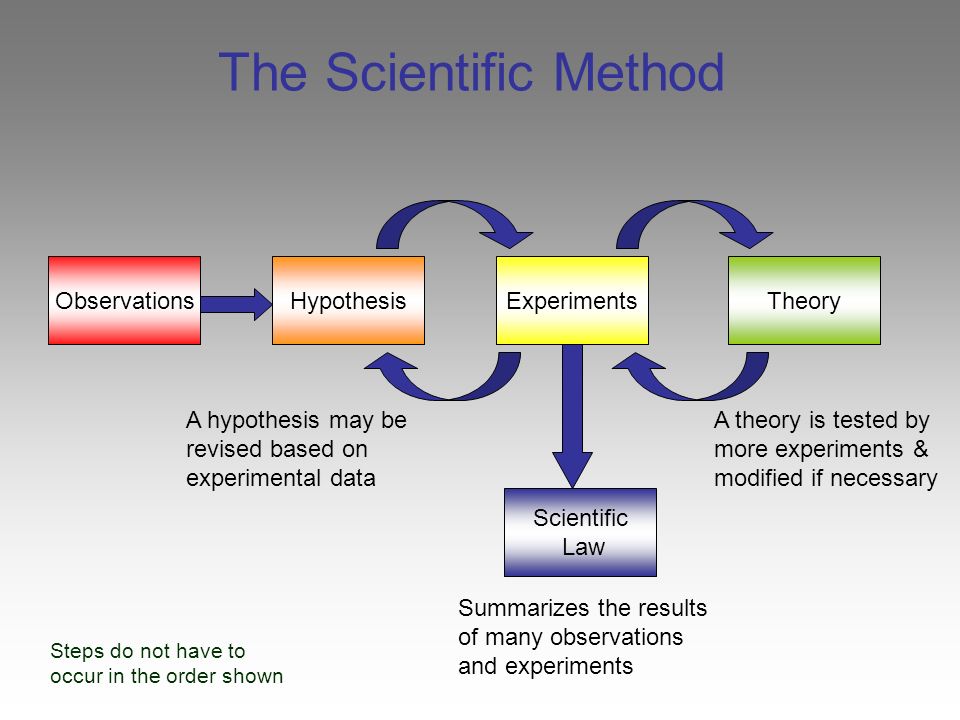 Useful metaphors here include “quicksand,” “the struggle switch,” and the concepts of “clean discomfort” and “dirty discomfort.” We might deliver these metaphors like this:
Useful metaphors here include “quicksand,” “the struggle switch,” and the concepts of “clean discomfort” and “dirty discomfort.” We might deliver these metaphors like this:
Remember those old movies where the bad guy falls into a pool of quicksand, and the more he struggles, the faster it sucks him under? In quicksand, struggling is the worst thing you can possibly do. The way to survive is to lie back, spread out your arms, and float on the surface. It's tricky, because every instinct tells you to struggle; but if you do so, you'll drown.
The same principle applies to difficult feelings: the more we try to fight them, the more they overwhelm us. Imagine that at the back of our mind is a “struggle switch.” When it's switched on, it means we're going to struggle against any physical or emotional pain that comes our way; whatever discomfort experienced, we'll try our best to get rid of it or avoid it.
Suppose the emotion that shows up is anxiety. If our struggle switch is ON, then that feeling is completely unacceptable. This means we could end up with anger about our anxiety: “How dare they make me feel like this?” Or sadness about our anxiety: “Not again. Why do I always feel like this?” Or anxiety about our anxiety: “What's wrong with me? What's this doing to my body?” Or a mixture of all these feelings. These secondary emotions are useless, unpleasant, and unhelpful, and a drain upon our vitality. In response we get angry, anxious or guilty. Spot the vicious cycle?
This means we could end up with anger about our anxiety: “How dare they make me feel like this?” Or sadness about our anxiety: “Not again. Why do I always feel like this?” Or anxiety about our anxiety: “What's wrong with me? What's this doing to my body?” Or a mixture of all these feelings. These secondary emotions are useless, unpleasant, and unhelpful, and a drain upon our vitality. In response we get angry, anxious or guilty. Spot the vicious cycle?
But what if our struggle switch is OFF? Whatever emotion shows up, no matter how unpleasant, we don't struggle with it. So if anxiety shows up, it's not a problem. Sure, it's unpleasant. We don't like it, or want it, but at the same time, it's nothing terrible. With the struggle switch OFF, our anxiety levels are free to rise and fall as the situation dictates. Sometimes they'll be high, sometimes low and sometimes there will be no anxiety at all. Far more importantly, we're not wasting our time and energy struggling with it.
Without struggle, we get a natural level of physical and emotional discomfort, depending on who we are and the situation we're in. In ACT, we call this “clean discomfort.”
In ACT, we call this “clean discomfort.”
Without struggle, we get a natural level of physical and emotional discomfort, depending on who we are and the situation we're in. In ACT, we call this “clean discomfort.” There’s no avoiding “clean discomfort.” Life serves it up to all of us in one way or another. However, once we start struggling with it, our discomfort levels increase rapidly. This additional suffering we call “dirty discomfort.” Our struggle switch is like an emotional amplifier—switch it on, and we can have anger about our anxiety, anxiety about our anger, depression about our depression, or guilt about our guilt.
Obviously, these metaphors are tailored to the particular feelings the client struggles with. With the struggle switch ON, not only do we get emotionally distressed by our own feelings, we also do whatever we can to avoid or get rid of them, regardless of the long term costs. We draw clients' attention to the many ways they've tried to do this—through more obvious strategies such as drugs, alcohol, food, TV, gambling, smoking, sex, surfing the net—to less obvious emotional control strategies such as ruminating, chastising themselves, blaming others and so on. (As mentioned earlier, many control strategies are not an issue, as long as they are used in moderation.)
(As mentioned earlier, many control strategies are not an issue, as long as they are used in moderation.)
Michael was able to connect with these metaphors readily, especially the idea of the struggle switch. We were able to refer back to this in subsequent sessions whenever he experienced anxiety. “Okay, right now, you're feeling anxious. Is the struggle switch on or off?”
Six Core Principles of ACT
Once the emotional control agenda is undermined, we then introduce the six core principles of ACT. ACT uses six core principles to help clients develop psychological flexibility:
- Defusion
- Acceptance
- Contact with the present moment
- The Observing Self
- Values
- Committed action
Each principle has its own specific methodology, exercises, homework and metaphors. Take defusion, for example. In a state of cognitive defusion we are caught up in language. Our thoughts seem to be the literal truth, or rules that must be obeyed, or important events that require our full attention, or threatening events that we must get rid or.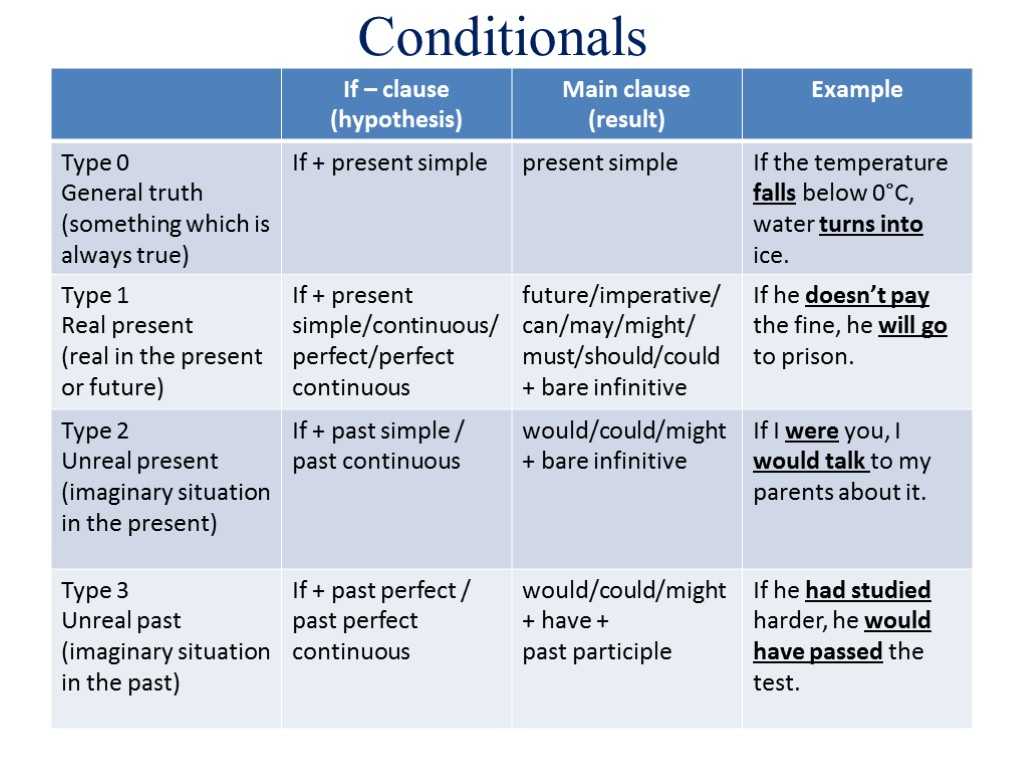 In other words, when we fuse with our thoughts, they have enormous in influence over our behavior.
In other words, when we fuse with our thoughts, they have enormous in influence over our behavior.
Cognitive defusion means we are able to “step back” and observe language, without being caught up in it. We can recognize that our thoughts are nothing more or less than transient private events—an ever-changing stream of words, sounds and pictures. As we defuse our thoughts, they have much less impact and influence.
Cognitive defusion means we are able to “step back” and observe language, without being caught up in it. We can recognize that our thoughts are nothing more or less than transient private events—an ever-changing stream of words, sounds and pictures. As we defuse our thoughts, they have much less impact and influence.
If you look through the wide variety of writings on ACT, you will find over a hundred different cognitive defusion techniques. For example, to deal with an unpleasant thought, we might simply observe it with detachment; or repeat it over and over, out aloud, until it just becomes a meaningless sound; or imagine it in the voice of a cartoon character; or sing it to the tune of “Happy Birthday”; or silently say “Thanks, mind” in gratitude for such an interesting thought. There is endless room for creativity. In contrast to CBT, not one of these cognitive defusion techniques involves evaluating or disputing unwanted thoughts.
There is endless room for creativity. In contrast to CBT, not one of these cognitive defusion techniques involves evaluating or disputing unwanted thoughts.
Here’s a simple exercise in cognitive defusion for yourself:
Step 1: Bring to mind an upsetting and recurring negative self-judgment that takes the form “I am X” such as “I am incompetent,” or “I’m stupid.” Hold that thought in your mind for several seconds and believe it as much as you can. Now notice how it affects you.
Step 2: Now take the thought “I am X” and insert this phrase in front of it: “I’m having the thought that….” 'Now run that thought again, this time with the new phrase. Notice what happens.
In step 2, most people notice a “distance” from the thought, such that it has much less impact. Notice there has been no effort to get rid of the thought, nor to change it. Instead the relationship with the thought has changed—it can be seen as just words.
There now follows a brief description or the six core principles, with reference to the case or Michael.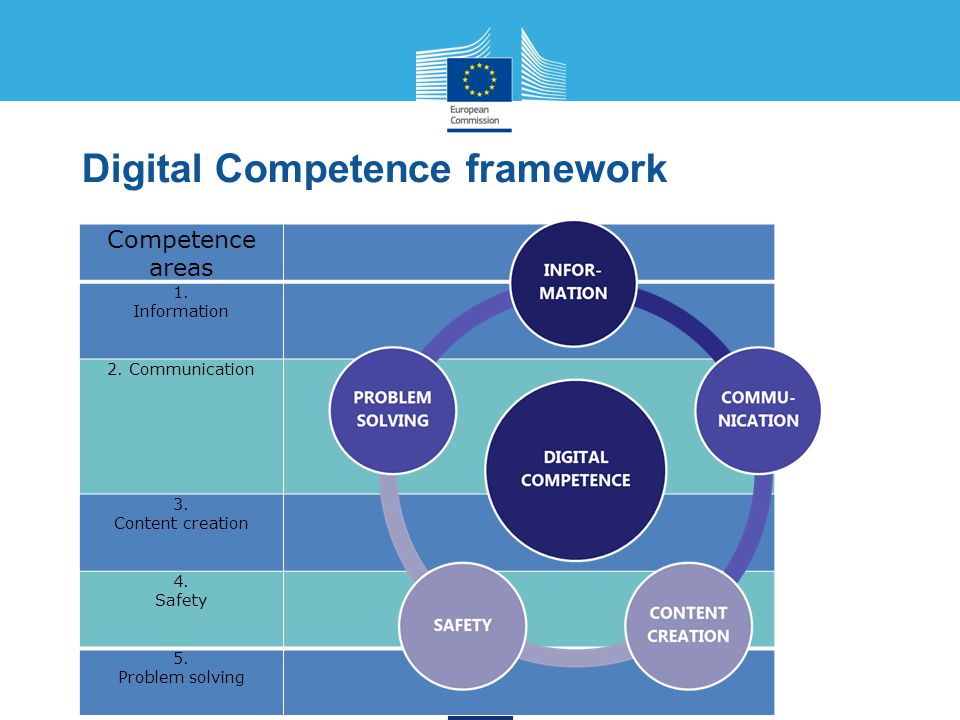
1. Cognitive Defusion: learning to perceive thoughts, images, memories and other cognitions as what they are—nothing more than bits of language, words and pictures—as opposed to what they can appear to be—threatening events, rules that must be obeyed, objective truths and facts.
In session two, Michael said he experienced frequent distress from thoughts such as “I'm boring,” “I have nothing to say,” “No one likes me,” and “I'm a loser.” As the session continued, I had Michael interact with these thoughts in a number or different ways, until they began to lose their impact. For example, I had him bring to mind the thought “I'm a loser,” then close his eyes and notice where it seemed to be located in space. He sensed it was in front of him. I asked him to observe the thought as if he was a curious scientist, and to notice the form of it: whether it was more like something he could see, or something he could hear. He said it was like words that he could see, and he noticed that as he “looked” at it, it became less distressing.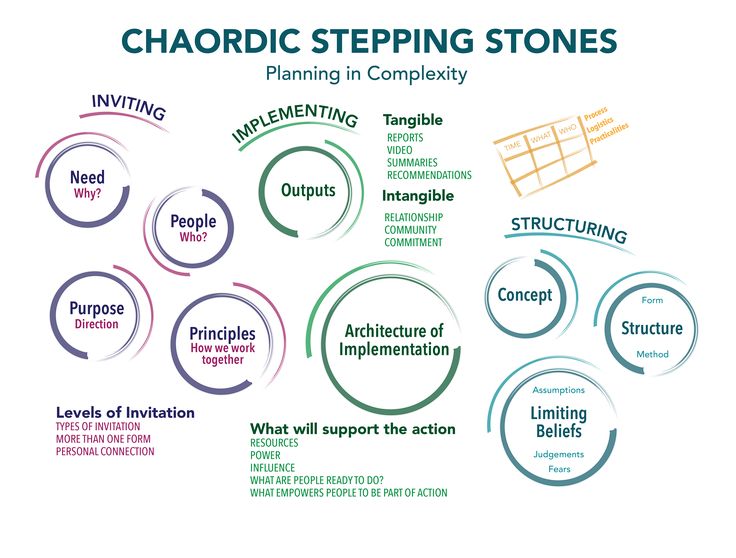
I asked him to imagine the thought as words on a Karaoke screen; then change the font; then change the color; then imagine a bouncing ball jumping from word to word.
I asked him to imagine the thought as words on a Karaoke screen; then change the font; then change the color; then imagine a bouncing ball jumping from word to word. By this stage, Michael was chuckling at the very same thought that only a few minutes earlier had brought him to tears. “Homework” included practicing several different defusion techniques with distressing thoughts—not to get rid of them, but simply to learn how to step back and see them for what they are—just “bits of language” passing through.
2. Acceptance: making room for unpleasant feelings, sensations, urges, and other private experiences; allowing them to come and go without struggling with them, running from them, or giving them undue attention.
In session three, I asked Michael to make himself anxious by imagining himself at a forthcoming office party.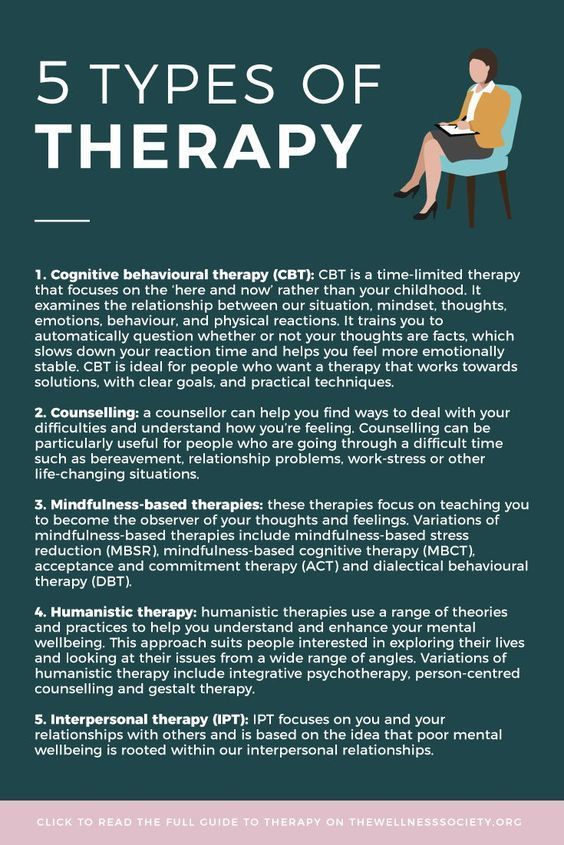 When I asked him to scan his body and notice where he felt the anxiety most intensely he reported a “huge knot” in his stomach. I asked him to observe this sensation as if he was a curious scientist who had never seen anything like it before; to notice the edges of it, the shape of it, the vibration, weight, temperature, pulsation, and the myriad of other sensations within the sensation. I had him breathe into the sensation, and “make room for it”; to allow it to be there even though he did not like it or want it. Michael soon reported a sense of calmness; a sense of being at ease with his anxiety even though he didn't like it. “Homework” included practicing this technique with his recurrent feelings of anxiety—not to get rid of them, but simply to learn how to let them come and go without a struggle.
When I asked him to scan his body and notice where he felt the anxiety most intensely he reported a “huge knot” in his stomach. I asked him to observe this sensation as if he was a curious scientist who had never seen anything like it before; to notice the edges of it, the shape of it, the vibration, weight, temperature, pulsation, and the myriad of other sensations within the sensation. I had him breathe into the sensation, and “make room for it”; to allow it to be there even though he did not like it or want it. Michael soon reported a sense of calmness; a sense of being at ease with his anxiety even though he didn't like it. “Homework” included practicing this technique with his recurrent feelings of anxiety—not to get rid of them, but simply to learn how to let them come and go without a struggle.
3. Contact with the present moment: bringing full awareness to your here-and-now experience, with openness, interest, and receptiveness; focusing on, and engaging fully in whatever you are doing.
In session four, I took Michael through a simple mindfulness exercise, focused on the experience of eating. I gave him a sultana, and asked him to eat it “in slow motion,” with a total focus on the taste and texture of the fruit, and the sounds, sensations and movements inside his mouth. I told him, “While you're doing this, all sorts of distracting thoughts and feelings may arise. The aim is simply to let your thoughts come and go, and allow your feelings to be there, and keep your attention focused on eating the sultana.”
Afterwards, Michael said he was amazed that there was so much flavor in one single sultana. I was then able to use this experience to draw an analogy with social situations, where Michael would he so caught up in his thoughts and feelings that he wasn't able to engage fully in conversation, and missed out on the “richness.” “Homework” included practicing full engagement with all the five senses in a number of daily routines (having a shower, brushing his teeth, and washing the dishes) as well as continuing to practice his defusion and acceptance techniques.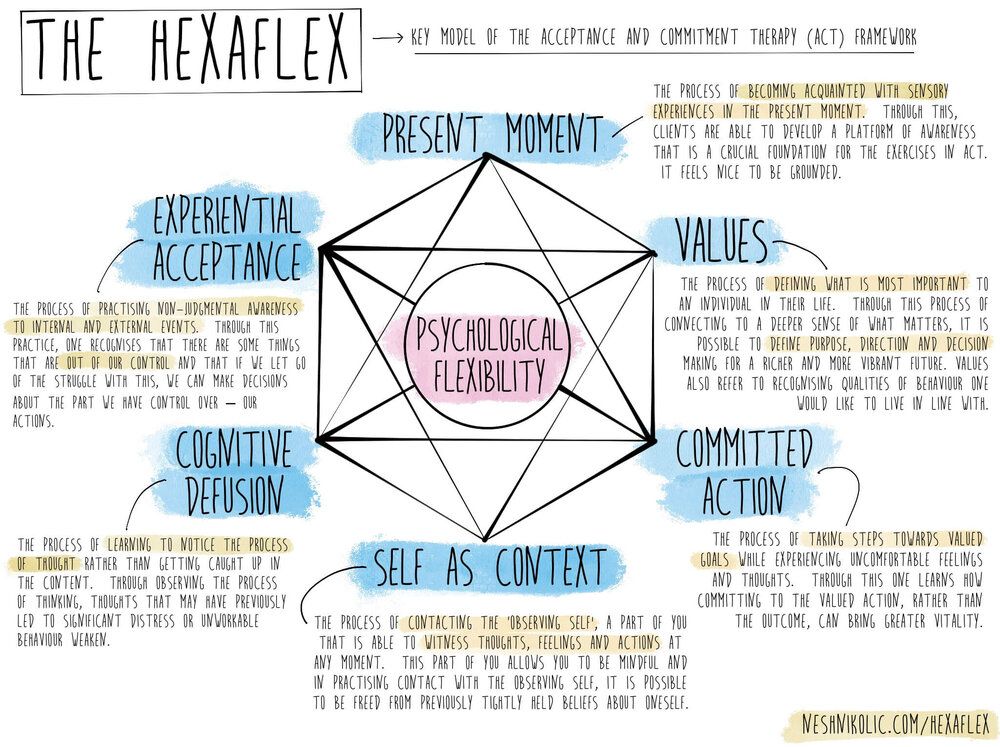 He agreed also to practice mindful engagement in conversations; i.e. keeping his attention on the other person, rather than on his own thoughts and feelings.
He agreed also to practice mindful engagement in conversations; i.e. keeping his attention on the other person, rather than on his own thoughts and feelings.
4. The Observing Self: accessing a transcendent sense of self; a continuity of consciousness that is unchanging, ever-present, and impervious to harm. From this perspective, it is possible to experience directly that you are not your thoughts, feelings, memories, urges, sensations, images, roles, or physical body. These phenomena change constantly and are peripheral aspects of you, but they are not the essence of who you are.
The Observing Self: accessing a transcendent sense of self; a continuity of consciousness that is unchanging, ever-present, and impervious to harm.
In session five, I took Michael through a mindfulness exercise designed to have him access this transcendent self. First, I asked him to close his eyes and observe his thoughts: the form they rook, their apparent location in space, the speed with which they were moving.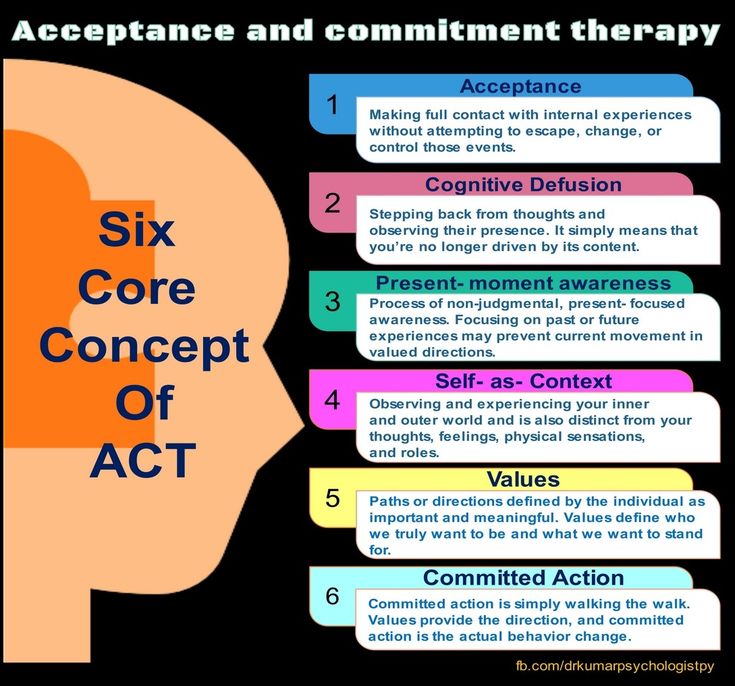 Then I asked him: “Be aware of what you are noticing. There are your thoughts, and there you are noticing them. So there are two processes going on—a process of thinking, and a process of observing that thinking.” Again and again, I drew his attention to the distinction between the thoughts that arise, and the self who observes those thoughts. From the perspective of the Observing Self, no thought is dangerous, threatening, or controlling.
Then I asked him: “Be aware of what you are noticing. There are your thoughts, and there you are noticing them. So there are two processes going on—a process of thinking, and a process of observing that thinking.” Again and again, I drew his attention to the distinction between the thoughts that arise, and the self who observes those thoughts. From the perspective of the Observing Self, no thought is dangerous, threatening, or controlling.
5. Values: clarifying what is most important, deep in your heart; what sort of person you want to be; what is significant and meaningful to you; and what you want to stand for in this life.
In session six, Michael identified important values around connecting with others, building meaningful friendships, developing intimacy, and being authentic and genuine. We discussed the concept of willingness. The willingness to feel anxiety doesn't mean you like or want it. Instead it means you allow it to be there in order to do something you value. I asked Michael, “If taking your life in the direction of these values means you need to make room for feelings of anxiety, are you willing to do that?” His reply was, “Yes.”
I asked Michael, “If taking your life in the direction of these values means you need to make room for feelings of anxiety, are you willing to do that?” His reply was, “Yes.”
6. Committed Action: setting goals, guided by your values, and taking effective action to achieve them.
Continuing session six, we moved to setting goals in line with Michael's values. Initially, he set the goal of going for lunch with a work colleague every day, and sharing some personal information on each occasion. In subsequent sessions, he set increasingly challenging social goals, and continued to practice mindfulness skills to handle the anxious thoughts and feelings that inevitably arose. At the end of ten sessions, Michael reported that he was socializing a lot more, and more importantly, he was enjoying it. Thoughts of being “a loser” or “boring” or “unlikeable” still occurred, but usually he did not take them seriously or pay them any attention. Likewise, feelings of anxiety still occurred in many social situations, but no longer bothered him or distracted him. Overall, his anxiety levels had diminished considerably. This reduction in anxiety was not the goal of therapy, but was a pleasant by-product.
Overall, his anxiety levels had diminished considerably. This reduction in anxiety was not the goal of therapy, but was a pleasant by-product.
This illustrates how ACT can result in good symptom reduction without ever aiming for it. First, a lot of exposure took place, as Michael engaged in increasingly challenging social situations. It is well known that exposure frequently can lead to reduced anxiety. Second, the more accepting Michael became of his unwanted thoughts and feelings, the less anxiety he had about those thoughts and feelings. Indeed, practicing mindfulness of unwanted thoughts and feelings is a form of exposure in itself.
The ACT Therapeutic Relationship
ACT training helps therapists to develop the essential qualities of compassion, acceptance, empathy, respect, and the ability to stay psychologically present even in the midst of strong emotions. Furthermore, ACT teaches therapists that, thanks to human language, they are in the same boat as their clients—so they don't need to be enlightened beings or to “have it all together. ” In fact, they might say to their clients something like: “I don't want you to think I've got my life completely in order. It's more as if you're climbing your mountain over there and I'm climbing my mountain over here. It's not as if I've reached the top and I'm having a rest. It's just that from where I am on my mountain, I can see obstacles on your mountain that you can’t see. So I can point those out to you, and maybe show you some alternative routes around them.”
” In fact, they might say to their clients something like: “I don't want you to think I've got my life completely in order. It's more as if you're climbing your mountain over there and I'm climbing my mountain over here. It's not as if I've reached the top and I'm having a rest. It's just that from where I am on my mountain, I can see obstacles on your mountain that you can’t see. So I can point those out to you, and maybe show you some alternative routes around them.”
Conclusion
The experience of doing therapy becomes vastly different with ACT. It is no longer about getting rid of bad feelings or getting over old trauma. Instead it is about creating a rich, full and meaningful life. This is confirmed by the findings of Strosahl, Hayes, Bergan and Romano? who showed that ACT increases therapist effectiveness, and Hayes et al (2004) who showed that it reduces burnout. If I had to summarize ACT on a t-shirt, it would read: “Embrace your demons, and follow your heart. ”
”
References
- Bond, F. W. & Bunce, D. (2000). Mediators of change in emotion-focused and problem-focused worksite stress management interventions. Journal of Occupational Health Psychology, 5, 156-163; Branstetter. A. D., Wilson, K. G., Hildebrandt, M., & Mutch, D. (2004). Improving psychological adjustment among cancer patients: ACT and CBT. Paper presented at the Association for Advancement of Behavior Therapy, New Orleans; Dahl, J., Wilson, K. G., & Nilsson, A. (2004). Acceptance and commitment therapy and the treatment of persons at risk for long-term disability resulting from stress and pain symptoms: A preliminary randomized trial. Behavior Therapy, 35, 785-802; Twohig, M. P., Hayes, S. C., Masuda, A. (2006). Increasing willingness to experience obsessions: Acceptance and Commitment Therapy as a treatment for obsessive compulsive disorder. Behavior Therapy, 37:1. 3-13; Zettle, R. D., & Raines, J.
 C. (1989). Group cognitive and contextual therapies in treatment of depression. Journal of Clinical Psychology, 45, 438-445.
C. (1989). Group cognitive and contextual therapies in treatment of depression. Journal of Clinical Psychology, 45, 438-445. - Bach, P. & Hayes, Steven C. (2002). The use of Acceptance and Commitment Therapy to prevent the rehospitalisation of psychotic patients: a randomized controlled trial. Journal of Consulting and Clinical Psychology, 70, 1129-1139.
- Kessler, R.C ., McGonagle, K.A., Zhao, S., Nelson, C.B., Hughes, M., Eshleman, S., Wittchen, H.U., and Kendler, K.S. (1994). Lifetime and 12-month Prevalence of DSM-111-R Psychiatric Disorders in the United States. Archives of General Psychiatry, 51 (Jan 1994): 8-19.
- Davies, T. (1997), ABC of Mental Health, British Medical Journal, 314, 27.5.97: 1536-39.
- Kessler, R.C ., McGonagle, K.A., Zhao, S., Nelson, C.B., Hughes, M., Eshleman, S., Wittchen, H.U., and Kendler, K.S. (1994). Lifetime and 12-month Prevalence of DSM-111-R Psychiatric Disorders in the United States.
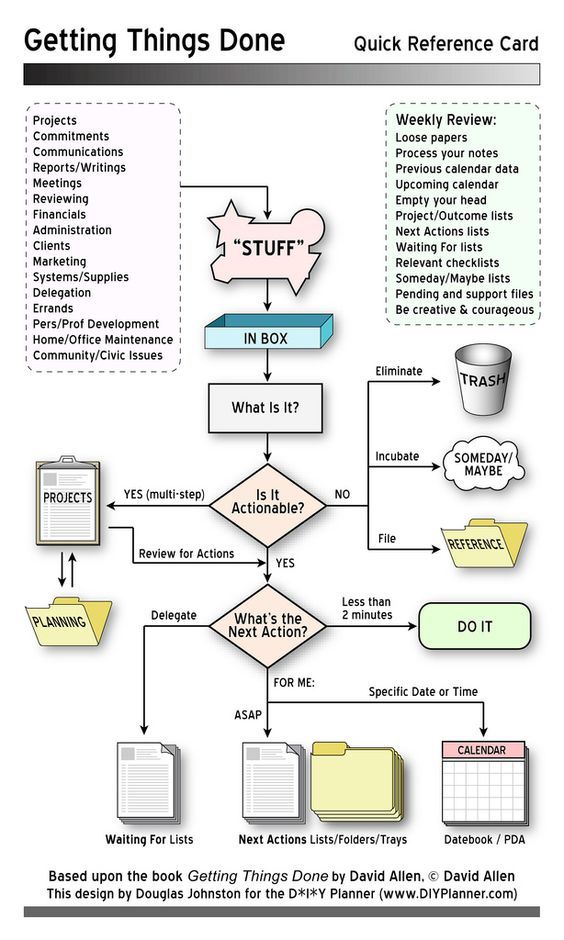 Archives of General Psychiatry, 51 (Jan 1994): 8-19.
Archives of General Psychiatry, 51 (Jan 1994): 8-19. - Chiles J., and Strosahl, K. (1995), The Suicidal Patient: Principles Of Assessment, Treatment, and Case Management, American Psychiatric Press, Washington, DC.
- Strosahl, K. D., Hayes, S. C., Bergan, J., & Romano, P. (1998). Does field based training in behavior therapy improve clinical effectiveness? Evidence from the Acceptance and Commitment Therapy training project. Behavior Therapy, 29, 35-64; Hayes, S. C., Bissett, R., Roget, N., Padilla, M., Kohlenberg, B. S., Fisher, G., et al. (2004). The impact of acceptance and commitment training on stigmatizing attitudes and professional burnout of substance abuse counselors. Behavior Therapy, 35, 821-836.
Copyright© Psychotherapy in Australia 2011, Reprinted with Permission
ACT (Acceptance and Commitment Therapy)...A Summary
ACT (Acceptance and Commitment Therapy) is a therapeutic treatment intervention that is based on behavioral therapy more specifically Relational Frame Theory (RFT). One of the essential components of ACT is to encourage values-guided action. ACT is also about taking mindful action.
One of the essential components of ACT is to encourage values-guided action. ACT is also about taking mindful action.
When thinking about who you want to be or certain changes you want to make, ACT would present questions such as: “What do you want to stand for in life? What really matters, deep in your heart? [What are] your heart’s deepest desires for whom you want to be and what you want to do during your brief time on this planet.” (Harris, 2009)
ACT includes mindfulness skills as well as encourages one to take action that is based upon their own values and in ways that will ultimately enrich their lives.
ACT is different than many therapy approaches in that it does not focus much on symptom reduction. Rather, ACT believes that people can live fulfilling and enriched lives by using the ACT principles regardless of symptoms. Harris (2009) points out that ACT assumes that (a) quality of life is primarily dependent upon mindful, values-guided action, and (b) this is possible regardless of how many symptoms you have– provided that you respond to your symptoms with mindfulness.
The goal of ACT is “mindful, values-congruent living” (Harris, 2009).
The goal of ACT is not to reduce symptoms but this has occurred in “almost every trial and study ever done on ACT” (Harris, 2009). This idea of not focusing on reducing symptoms can seem a bit challenging to some professionals who come from disciplines and approaches that focus on this more heavily.
ACT assumes that human suffering is natural and normal and a common experience of all humans. ACT believes that this suffering is due to human language as our mind creates suffering through negative self-talk and undesired memories and thoughts arise.
One of the goals of ACT is to help people deal with the inevitable pain of human experience through the process of mindfulness.
Basically, as Harris (2009) describes it, “mindfulness means paying attention with flexibility, openness, and curiosity.”
The six core therapeutic processes of ACT include:
- contacting the present moment
- This process refers to being in the moment.
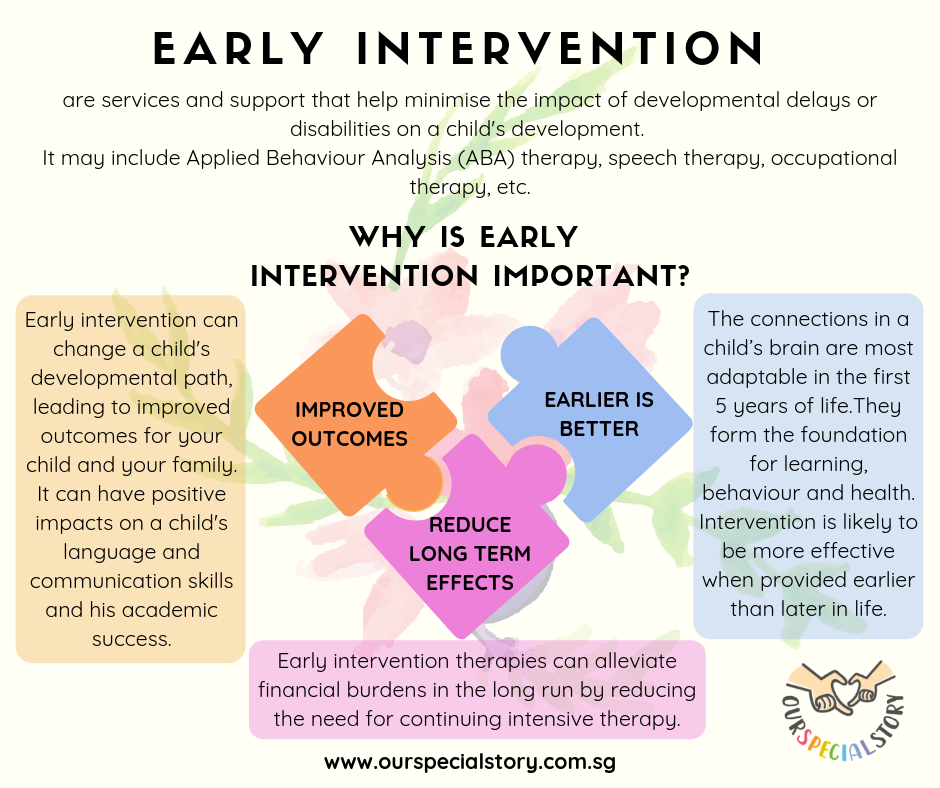 It is very difficult for many human beings to be in the moment. People are often thinking about something other than what is going on in front of them or trying to multitask and not really paying attention to what they are doing.
It is very difficult for many human beings to be in the moment. People are often thinking about something other than what is going on in front of them or trying to multitask and not really paying attention to what they are doing.
- This process refers to being in the moment.
- defusion
- This process refers to being able to separate ourselves from our thoughts. This is a matter of being able to step back from our thoughts and not cling to them so tightly. Instead, we should look at them as just thoughts, just words or pictures.
- acceptance
- This process means making room for negative experiences in our minds. We don’t have to like any of the painful things we have experienced or any of the unpleasant thoughts we have, but acceptance simply means allowing them to be.
- self-as-context
- This process refers to being able to understand the “observing self.” There are two different aspects to the mind, the thinking self and the observing self. Most people think of the mind as being the thinking self, the part of us that comes up with thoughts, beliefs, memories, and so on, but many people aren’t aware of the observing self, the part of our mind that is able to step back and simply observe the thinking self and the rest of our own being.
 This part of yourself is and always will be the same you whereas our thinking self and physical self can change.
This part of yourself is and always will be the same you whereas our thinking self and physical self can change.
- This process refers to being able to understand the “observing self.” There are two different aspects to the mind, the thinking self and the observing self. Most people think of the mind as being the thinking self, the part of us that comes up with thoughts, beliefs, memories, and so on, but many people aren’t aware of the observing self, the part of our mind that is able to step back and simply observe the thinking self and the rest of our own being.
- values
- This process encourages us to identify what we want to stand for, what truly matters to us. Identifying your own values can help you to make decisions in regards to taking action about behavior change. Values might also be referred to as “chosen life directions.”
- committed action
- This process is about taking values-congruent action. In this process, individuals make behavior change that is based upon their own values. There are many different behavioral interventions that can be implemented in this process, such as goal setting, skills training, self-soothing, and time management.
image credit: alexlmx via Fotalia
Reference: Harris, R. 2009. ACT Made Simple. New Harbinger Publications, Inc.
Overview • Psychologist Yaroslav Isaikin
Contents:
- What is Acceptance and Responsibility Therapy?
- A little about the name "Acceptance and Commitment Therapy"
- The main ideas of ACT therapy in brief and without proof
- Psychological flexibility
- Main differences between AST therapy and CBT
- Acceptance and responsibility therapy studies
- Transdiagnostic approach in psychotherapy
- Why do people suffer?
- Six Processes of Psychological Flexibility
The quality of life is determined by what we do, not what goes on between our ears.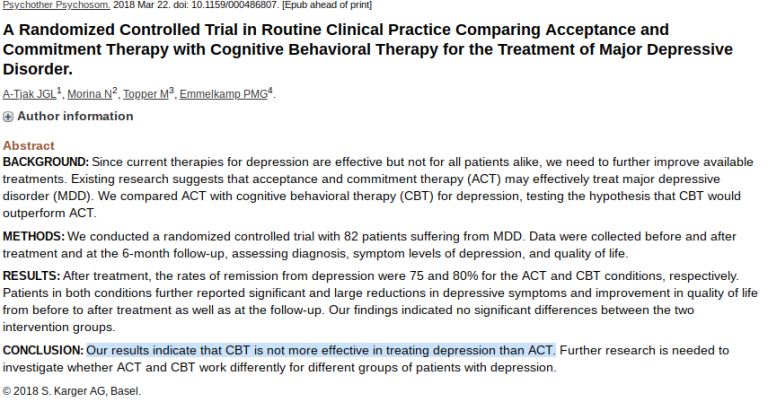
What is Acceptance and Responsibility Therapy?
Acceptance and Commitment Therapy (Therapy of Acceptance and Responsibility) is a direction of psychotherapy of the third wave of the cognitive behavioral approach.
The main task is not getting rid of difficult experiences, but rather learning not to overreact to them. This helps us not to avoid the situations that trigger them, which broadens our life experience and helps us understand what is really important to us and follow it. The therapeutic effect is that the more a person is immersed in long-term useful activities that bring satisfaction, the more likely the symptoms will disappear, or the need to change them will decrease.
In other words, the goal of ACT is behavior driven by chosen consequences, not by aversive stimuli*. It is the amount of such behavior that can be defined as mental health
*Or a life ruled by carrots, not internal sticks
Briefly, I would describe this approach as a mixture of mindfulness, behaviorism, existentialism and positive psychology with a scientific basis in the theory of language.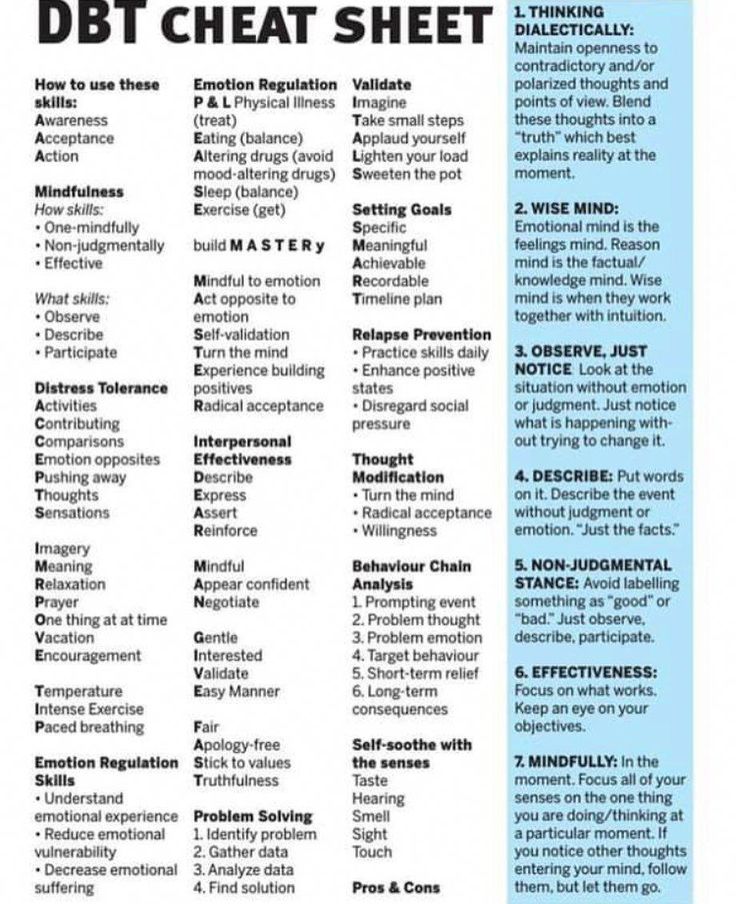 A very wide range of therapeutic interventions is used from different directions, but for very specific purposes.
A very wide range of therapeutic interventions is used from different directions, but for very specific purposes.
A bit about the name "Acceptance and Commitment Therapy"
Acceptance and Commitment Therapy is short for "Act", which translates as "Action". In everyday life they say “Act-therapy” (pronounce “Act-therapy”)
It is very difficult to adequately translate the full name into Russian, and even so that the abbreviation retains its metaphorical meaning:
- Acceptance – the process of acceptance if you were given something and you took it. Or as a reception as a reception. As approval, acceptance (perception), recognition, confirmation of the existence of something, like "ok, yes, okay, it is."
The meaning of Acceptance is defenseless, but conscious contact with experiences, instead of fighting/avoiding for the sake of Commitment
- Commitment - usually translated as an obligation, commitment, in the sense of a quality of fidelity, devotion to one's work, as compliance with a contract or following promise.
 Well, or responsibility, how to take life into your own hands, and not problems.
Well, or responsibility, how to take life into your own hands, and not problems.
The meaning of Commitment is in purposefulness, as the performance of actions that have a value of
In general, in Russian the most common translation is “acceptance and responsibility therapy” , less often “acceptance and commitment” or “acceptance and consistency”.
The main ideas of ACT therapy briefly and without proof
- If the problem is chronic, then trying to solve it is part of it. The solution is the problem
- Life's difficulties and suffering are the norm of human life. It's normal to be abnormal sometimes.
- Most psychological problems are related to the avoidance or control of inner experiences.
- Inner experiences are difficult to control in the long run.
- Control turns "sometimes to suffer" into "always".
- External behavior is more controllable than internal experiences
- It is more productive to spend efforts to live better than to feel better.
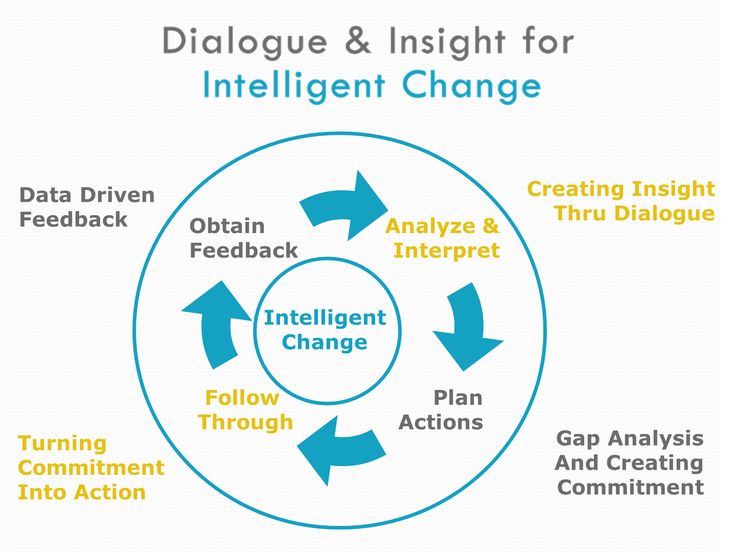
Psychological flexibility
The scientific basis of this approach (Relation Frame Theory) says that the problem is not that we have problem experiences in life. They simply can not be, because our thinking is so arranged. The problem is that often we artificially enhance them in ways that we are only seem to be productive.
As a result, this leads to the fact that not the negative experience itself*, but everything that we do in order not to experience it, begins to interfere with our lives more strongly.
*Actually, if it didn't interfere, we would hardly pay attention to the experience, calling it “negative”.
AST therapy is transdiagnostic and proceeds from the fact that the cause of all suffering and any mental disorder is excessive stuckness, fixation on inner experience. The excess of this fixation on internal limitations leads to the fact that a person becomes so constrained in his actions that he sinks into hibernation, passivity, hedonism, impulsivity or procrastination and cannot adapt to changes.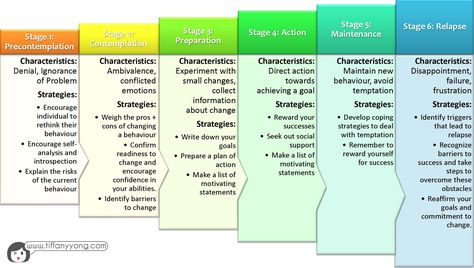
| Jam process | Sample thoughts | What hinders adaptation |
| Controlling emotions and feelings | I do things so that I don't feel bad | Actions aimed at avoidance, evasion worsening the situation more |
| Attention to thoughts | I do this because I must or must | Actions are controlled by restrictive unchecked rules |
| Thinking about the past and the future | What if? And why? What if? | Actions do not respond to present moment feedback |
| In ideas about oneself and the world | I do it because I am like that | Actions based on one point of view |
All this is called “psychological rigidity” and creates a vicious circle where the stiffness in actions creates even more problems in life, which increase the stuck on inner experience and fetter actions even more.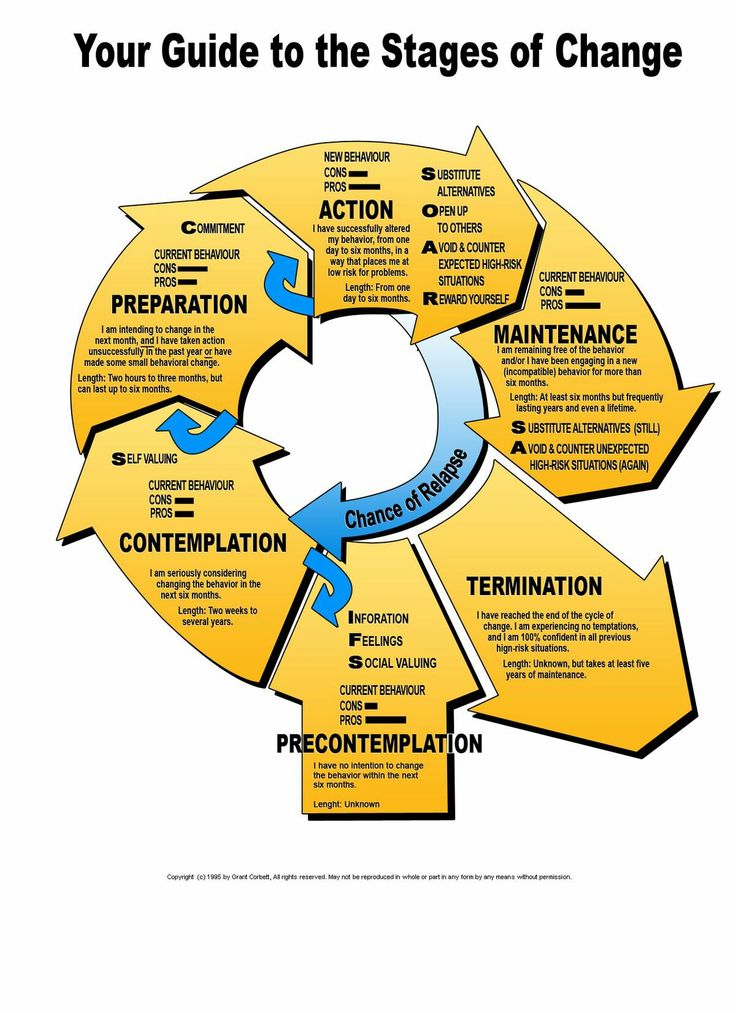
Therefore, the goal of acceptance and responsibility therapy is to develop “psychological flexibility” as a model of mental health.
Psychological flexibility - the willingness to experience and not interfere with inner experience, fully connected with the present moment, moving towards your goals and values.
All this is about the ability not to interfere with inner experience (thoughts, self-determination, feelings, emotions) to be different , any and thanks to this , to be able to act different depending on the goals.
Psychological flexibility is measured by the Acceptance & Action II (AAQ-II) questionnaire.
Low levels of psychological flexibility in AAQ-II are associated with a higher likelihood of psychopathology, depression, anxiety, fear, and poor quality of life.
Pass AAQ-II and assess the level of psychological flexibility here: https://iyaroslav.ru/test/acceptance-action-questionnaire
The main differences between Acceptance and Responsibility therapy and Cognitive Behavioral Therapy
| KPT | AST | |
| Emotions | Changing the stimulus that caused the emotion through a change in assessment, desensitization | Change of maladaptive response to emotion through mindfulness and behavior change |
| Thoughts | Changing the content of thoughts through cognitive restructuring and experimentation | Changing the response to thoughts, regardless of content through cognitive decoupling |
| Behavior | Changing behavior to cope with a stimulus | Behavior modification for value contact |
| Metaphor | Man as a computer | Man as an evolving organism |
| Target | Relief of painful symptoms | Improved functioning regardless of diagnosis |
| Philosophy | Critical rationalism (truth depends on rebuttal test) | Contextual functionalism (truth depends on its usefulness in a particular situation) |
Acceptance and Commitment Therapy Studies
According to the American Clinical Psychology Association, ACT is recommended as a proven approach for the following problems:
- Depression (16 RCTs)
- Mixed anxiety (18 RCTs)
- Obsessive Compulsive Disorder (1 RCT)
- Chronic pain (19 RCTs)
- Stress (13 RCTs)
- Psychoses (3 RCTs)
*RCTs - number of randomized controlled trials
A list of all AST trials can be seen here :
Here are a few:
CBT vs.
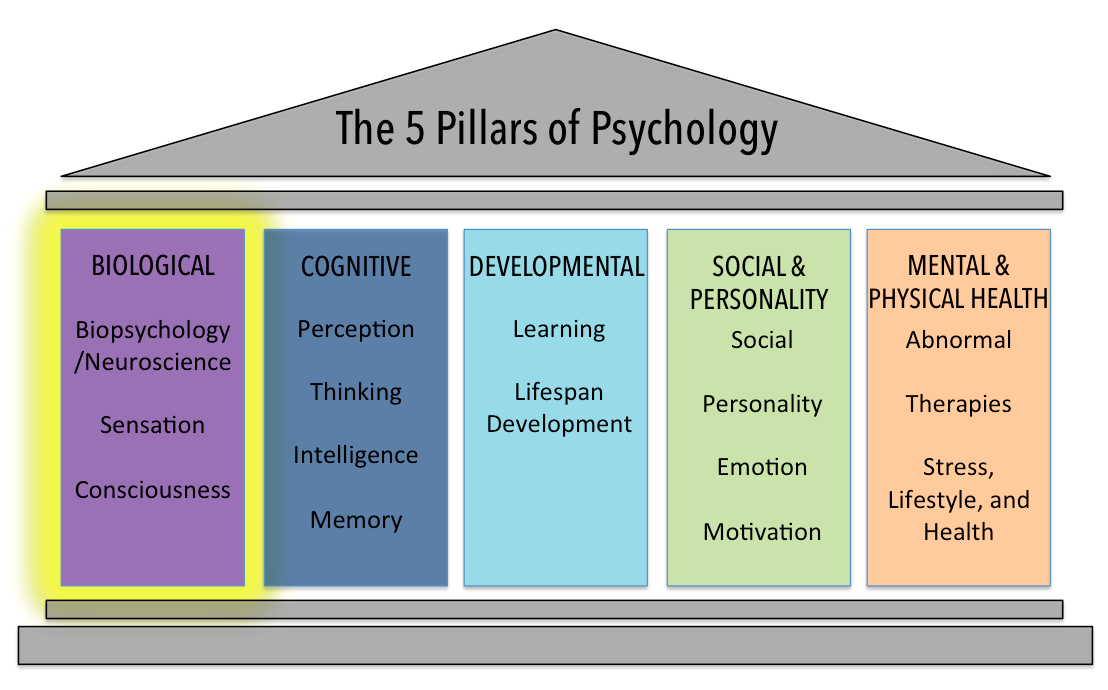 AST in major depressive disorder
AST in major depressive disorder AST vs. 1T4 anxiety disorder
CBT vs. AST vs. waiting list for social anxiety
Compared to CBT, the effectiveness, in the end and in general, is the same.
There is a lot of controversy around this, with ACT proponents saying that CBT research is more sponsored, and CBT proponents saying ACT is too lenient with less attrition.
In general, CBT has not improved its effectiveness over almost half a century of history, despite the complication, new methods, a bunch of schools and techniques. AST tries to solve this problem through a process-oriented model. The design of the method is such that it provides a foundation that makes it easier to explore specific therapeutic processes/components and determine which ones work best and which do not.
Here is an example of how different components of psychotherapy are explored: acceptance, disengagement, values, contact with the present, mindfulness and their individual effectiveness
Is it possible that different paths can lead to a better quality of life?
Maybe winning the war against your feelings is not a prerequisite to moving on?
What if the easiest way to move towards a better quality of life could be to stop this war?
The transdiagnostic approach to psychotherapy
The idea that suffering is best described in terms of a biochemical anomaly has a superficially attractive downside, namely that health and happiness are natural homeostatic states of human existence. This assumption of healthy normality underpins traditional medical approaches to physical health. Given the relative success of physical medicine, it is not surprising that the behavioral and mental health community has embraced this assumption as well.
This assumption of healthy normality underpins traditional medical approaches to physical health. Given the relative success of physical medicine, it is not surprising that the behavioral and mental health community has embraced this assumption as well.
The traditional concept of physical health is simply the absence of disease. While the body itself is supposed to be healthy, physical health can be compromised by infection, injury, toxicity, decreased exercise, or disordered physical processes. Similarly, humans are assumed to be naturally happy, friendly, altruistic, and peaceful, but this typical state of mental health can be disturbed by specific emotions, thoughts, memories, historical events, or states of the nervous system
Based on the assumption of healthy normality, the medical approach to mental illness is assumed that the more accurately we diagnose a disorder, the better we can treat it . But:
- The diagnostic goal is rarely achieved.
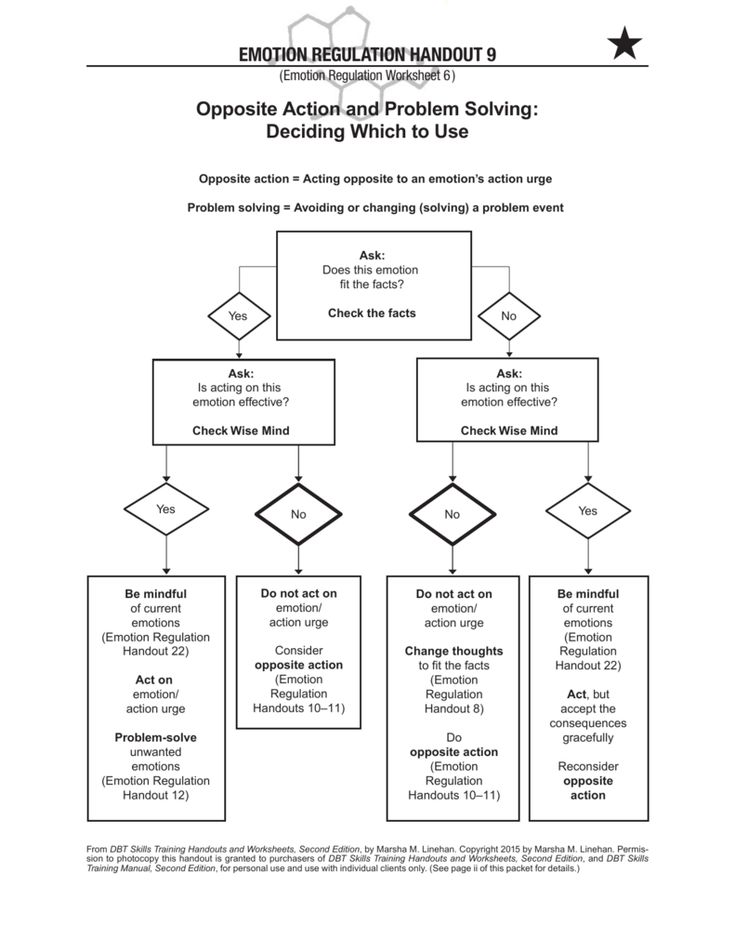 For example, in a depressive disorder, the rate of comorbidities reaches 80% (Kessler et al., 2005). In psychiatric institutions, the vast majority of patients receiving treatment have no diagnosable condition at all. (Strosahl, 1994). And even if it is diagnosed, the psychotherapist still has to work with ordinary problems such as work, relationships, identity, emotions, habits and the meaning of life.
For example, in a depressive disorder, the rate of comorbidities reaches 80% (Kessler et al., 2005). In psychiatric institutions, the vast majority of patients receiving treatment have no diagnosable condition at all. (Strosahl, 1994). And even if it is diagnosed, the psychotherapist still has to work with ordinary problems such as work, relationships, identity, emotions, habits and the meaning of life. - The same methods of psychotherapy work with many symptoms (Kupfer et al., 2002).
- The hypothesis of a specific etiology of the disorders was not justified. Biological markers were not found. Most of the symptoms are a pathological excess of normal behavior and thinking. This led to the pathologisation of normal human experiences.
- Reductions in the frequency and severity of negative symptoms correlate poorly with improved social functioning and quality of life
Therefore, AST was developed as a transdiagnostic approach. It is based on general processes that explain human suffering in general, regardless of diagnosis, and offers a different model of psychological health - "psychological flexibility".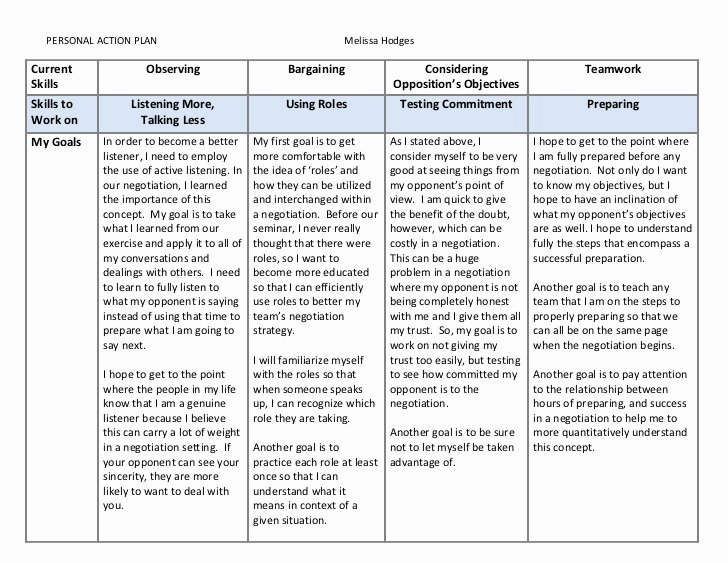 A 2005 meta-analysis (PMID: 16300724) suggests that psychological inflexibility predicts most forms of psychopathology very well.
A 2005 meta-analysis (PMID: 16300724) suggests that psychological inflexibility predicts most forms of psychopathology very well.
Why do people suffer?
Most cultural traditions agree that suffering is a normal and natural part of life. But many psychological approaches do not share this opinion.
The core of ACT is based on the idea that human language produces our greatest accomplishments as well as our suffering. But not just a language, like voicing something, but in principle any activity that operates with symbols.
When animals are exposed to a nuisance, they react by avoiding the nuisance. They run away, scream, show aggression or become numb. As a rule, these reactions are limited in time and after the disappearance of the unpleasant - their condition quickly returns to normal.
People, on the other hand, because of their ability to use language, can, in case of trouble, establish similarities and differences between current and past events, form relationships between them and make predictions about what has not yet happened.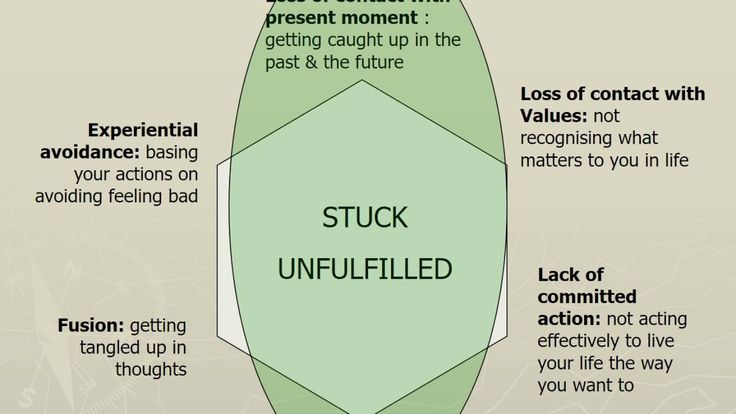
Because of this, people develop and for this reason people can suffer because of stimuli that are not already/yet in the environment.
Pain and suffering are not the same thing. Pain is caused by the environment. Suffering is our language. Just getting rid of pain has little effect on reducing suffering. Pain is inevitable. There will be problems.
And thanks to our language, we can always remember or imagine them.
And this already creates suffering.
Impossible thinking exacerbates our problems in two ways:
- Cognitive confusion yourself with your mind. People lock themselves in a prison of rules that their minds have made. We are not trained to distinguish when it is useful to pay attention to our thoughts and when it is not.
- Experience avoidance is the result of confusion with ideas that encourage attempts to suppress, control, and eliminate experiences because that is how we deal with external events.
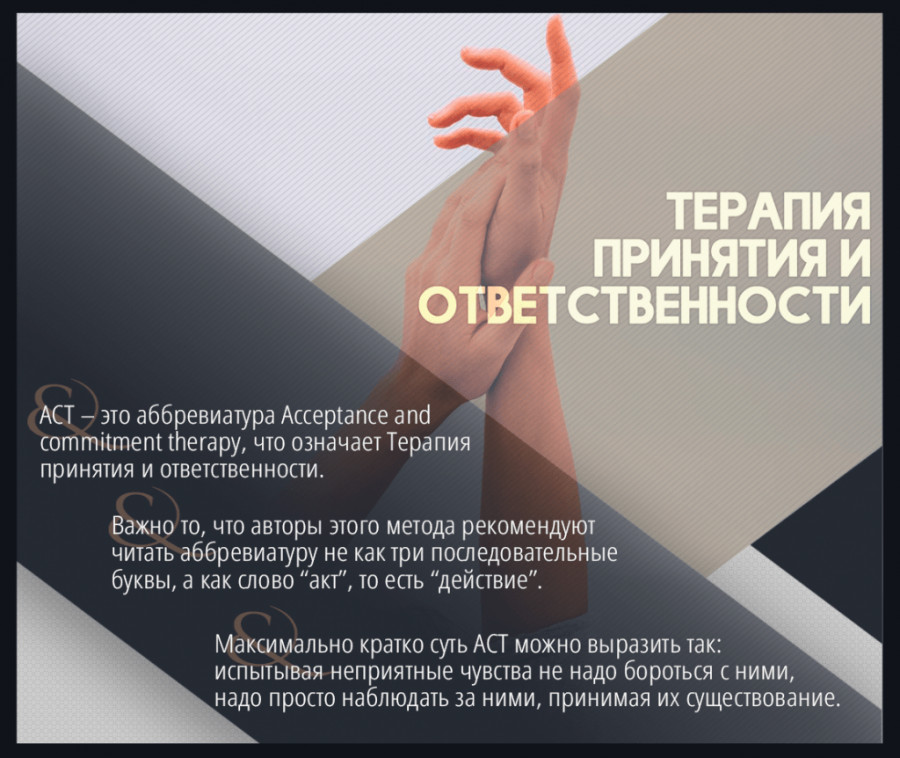 But there is an ironic paradox in trying to avoid, suppress, or eliminate unwanted personal experiences, since such attempts often result in an increase in the frequency and intensity of experiences to be avoided (Wenzlaff & Wegner, 2000). And since most experiences are not subject to voluntary regulation, a person is left with only one main strategy: emotional and behavioral avoidance.
But there is an ironic paradox in trying to avoid, suppress, or eliminate unwanted personal experiences, since such attempts often result in an increase in the frequency and intensity of experiences to be avoided (Wenzlaff & Wegner, 2000). And since most experiences are not subject to voluntary regulation, a person is left with only one main strategy: emotional and behavioral avoidance.
As a result, confusion and avoidance lead people to associate themselves with their problem. The problem begins to define who the person is.
The more a person pays attention to his problem, the more it becomes narrow.
And the narrower the attention, the more rigidity and less flexibility.
Life passes by while a person spends all his time on inner struggle.
Life begins to be based on what we don't want, reducing discomfort, instead of enjoying moving towards what we value.
All this in the long run leads to a reduction in living space.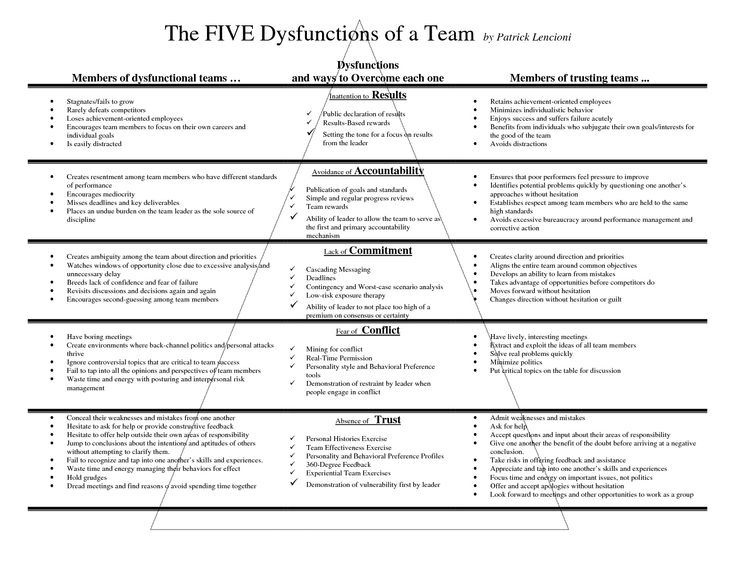 Life begins to consist of nothing but avoidance, control of thoughts and feelings that become more and more overwhelming, and the ability to enjoy life and the present moment gradually fades.
Life begins to consist of nothing but avoidance, control of thoughts and feelings that become more and more overwhelming, and the ability to enjoy life and the present moment gradually fades.
The general course of acceptance and responsibility therapy is that the client first ceases to struggle with his feelings and emotions. They come and go and that's it. Then an existential element is introduced - a sense of self that is not based on past experiences of merging with one's emotions and thoughts. After that, setting goals and actions aimed at achieving them.
The Six Processes of Psychological Flexibility
Psychological Flexibility consists of 6 therapeutic processes or skills that may fall under different techniques, methods and interventions from different schools of psychotherapy.
Acceptance - openness and willingness to let what is happening inside be what it is, without the intention of changing. The opposite is avoidance, control, avoidance of inner experience.
Trip - The skill of dissociating thoughts, due to which they have less effect on behavior or emotions, instead of perceiving the world through thoughts.
Here and now - contact with the present moment and flexible attention, instead of being stuck in thoughts about the past or the future.
Observant Self - the ability to put experience into perspective, flexible self-perception, instead of being stuck in one's history and self-determination0003
Actions - small steps towards goals, despite failures. Skills training, planning and problem solving instead of procrastination, hibernation, isolation
All these 6 processes are deeply interconnected. For example, entanglement with thoughts causes avoidance of experience and away from the present moment. Acceptance of experience in itself does not make sense, without directed actions. If the values are unknown, it is not known what actions to take. And without contact with the observing “I”, letting go of experiences can seem like a threat to the “I” and interferes with acceptance.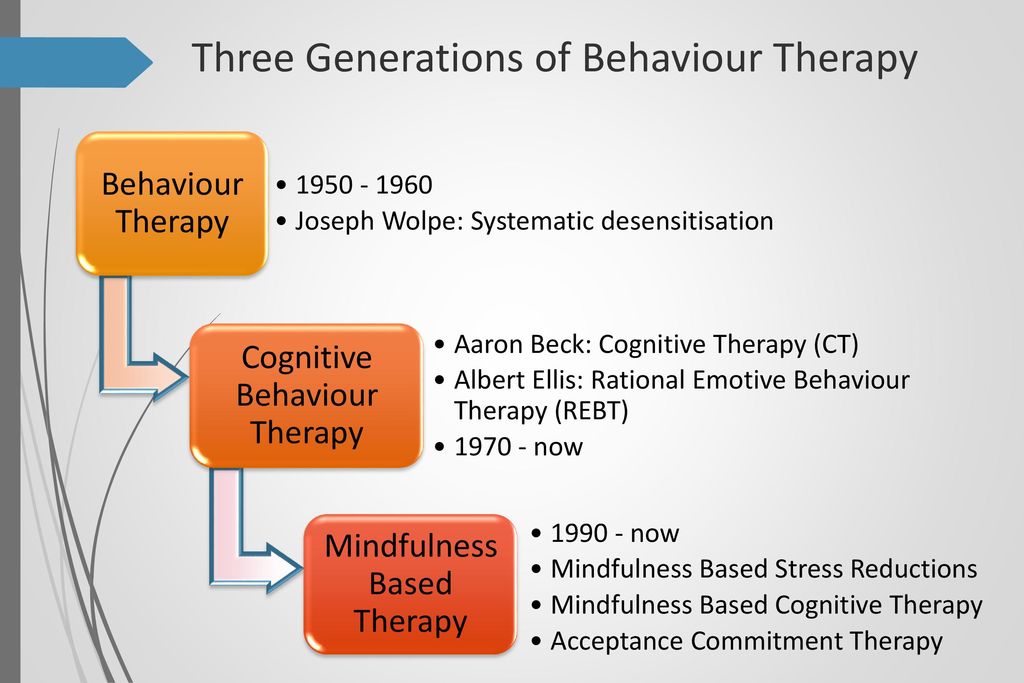
In depth, there is not much difference between the processes. And in its fullest expression, each process is all the others.
On my website you can take several tests to assess your psychological flexibility in terms of ACT: https://iyaroslav.ru/tag/acceptance-and-responsibility therapy
I will analyze all 6 processes in more depth in the following material.
Subscribe not to miss the continuation
Telegram
Vkontakte
Youtube
Most people feel that certain thoughts and feelings must be put aside before they can focus on quality of life issues. But this is not necessarily true.
Increasing Intrapersonal Resources in a Situation of Social Instability Caused by Coronavirus
Your attention is provided with an adapted version of the translation of Dr. Russ Harris' methodology for increasing intrapersonal resources of an adult in a situation of social instability caused by coronavirus.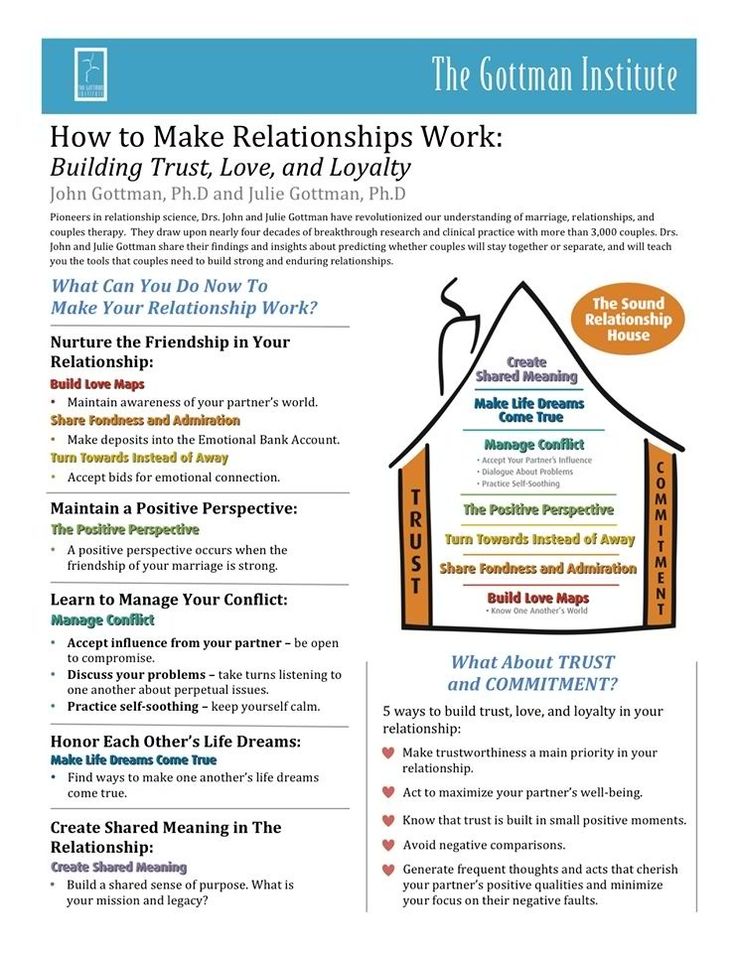
Familiarization with this technique was recommended by Dr. Dr Alistair JA Duff Honorary Clinical Associate Professor | Consultant Clinical Psychologist, Head of Psychological Services
'FACE COVID'
How respond effectively to the crisis caused by the Coronavirus.
FACE COVID is a set of practical steps to effectively respond to the Coronavirus crisis using the Therapy Acceptance and Adherence (ACT) principles. Here is a summary of the key steps. On the following pages, we will look at them in greater detail:
1. Focus on what is under your control
2. Acknowledge your thoughts and feelings
3. Return to your body
4. Fully participate in what you are doing
5. Important action
6. Kindness to yourself
7. Values
8. Resources
Let's take a closer look at each one
1. Focus on what is under your control
The Coronavirus crisis can affect us in many ways: physical, emotional, economic, social and psychological.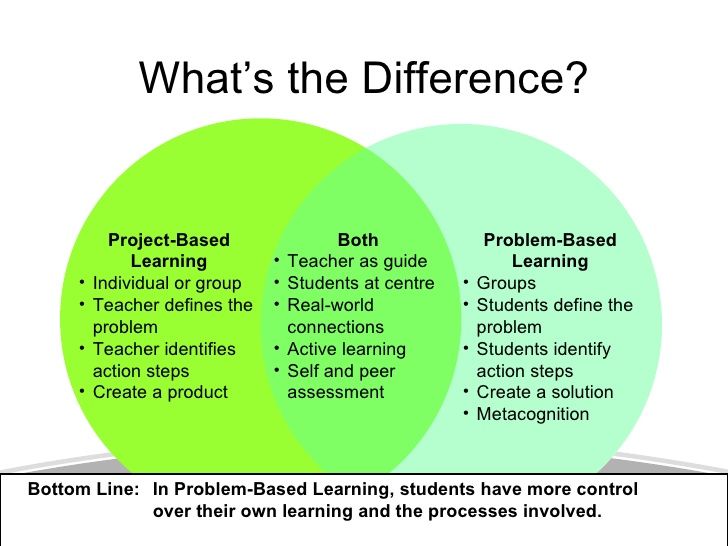 We are all facing (or will soon face) the challenges posed by the massive spread of the disease and increased strain on the health care system, social and community hardships, economic impacts, disruptions in many aspects of life, and the list goes on.
We are all facing (or will soon face) the challenges posed by the massive spread of the disease and increased strain on the health care system, social and community hardships, economic impacts, disruptions in many aspects of life, and the list goes on.
When we face a crisis of any kind, fear and anxiety are inevitable; they are normal, natural reactions to difficult situations involving danger and uncertainty. We easily get lost in worries and thoughts about all sorts of things that are out of our control: what might happen in the future; how the virus can affect you, your loved ones, your country or the whole world, what will happen then, and so on.
And although such experiences are completely natural, they do not help us, but harm us. The more we focus on what is out of our control, the more easily we panic.
Thus, the most useful thing that each of us can do is to focus on what is under your control.
You can't control the coronavirus or the global economy or how your government handles all this mess.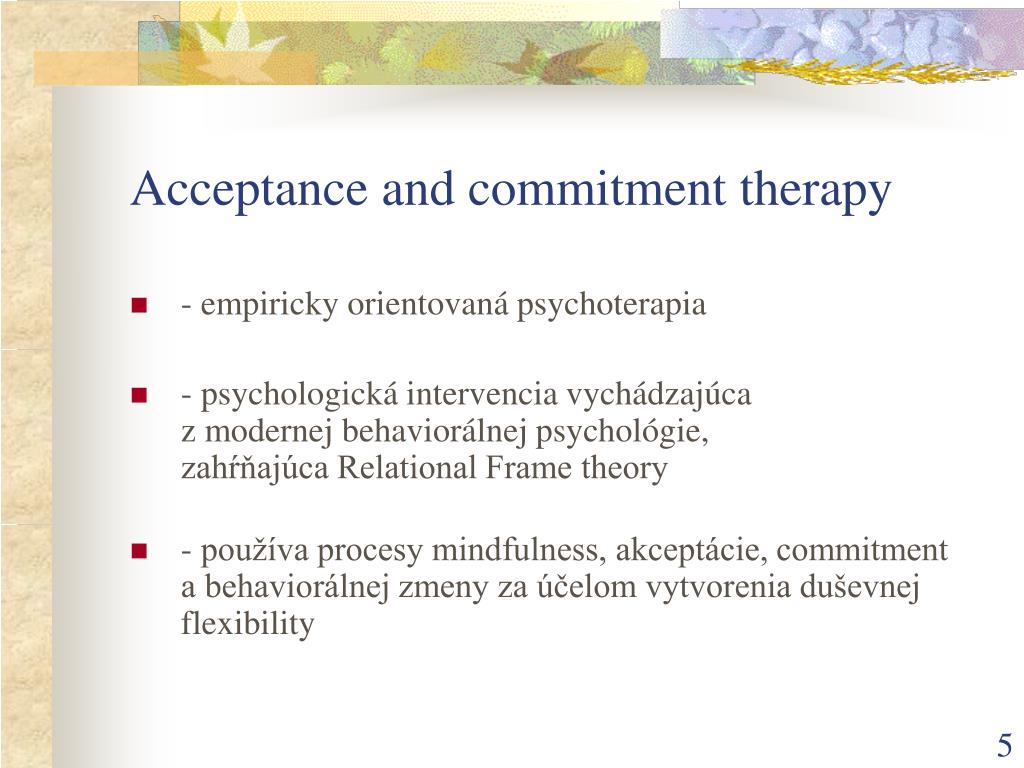 And you can't magically control your feelings by getting rid of all those perfectly natural fears and anxieties. But you can control your actions, here and now. And this is the main point.
And you can't magically control your feelings by getting rid of all those perfectly natural fears and anxieties. But you can control your actions, here and now. And this is the main point.
Because what you do here and now directly affects yourself, everyone who lives with you, and the people around you.
We can control our behavior much better than our thoughts and feelings. Therefore, our primary goal is to take control of our behavior, right here and now, to give a fitting response to the crisis.
When a storm rises, boats in the harbor drop anchor because if they don't, they will be swept out to sea.
In the same way, during a protracted crisis, we will all experience "emotional storms": useless thoughts will swirl in our head. And if the storm within us blows us away, we will no longer be able to do anything really useful. So, the first practical step is to “drop anchor”.
2. Recognize your thoughts and feelings
Silently and generously become aware of everything that is happening inside you: thoughts, feelings, memories, sensations, desires. Take the position of an inquisitive scientist observing what is happening in your inner world.
Take the position of an inquisitive scientist observing what is happening in your inner world.
3. Return to your body
Return to your physical body and establish a close relationship with it. You can try the method below or find your own:
• Slowly plant your feet on the floor;
• Slowly straighten your back and spine; if you are sitting, sit upright in your chair;
• Slowly press your fingertips together;
• Slowly extend your arms or neck and straighten your shoulders;
• Breathe slowly.
Note: Do not try to detach, run away, avoid or distract yourself from what is happening in your inner world. The main goal is to constantly control your thoughts and feelings, continue to be aware of their presence and at the same time return to your body and connect with it. This way you will gain control over your actions, even if you cannot control your feelings.
4. Participate fully in what you are doing
Focus your attention on what you are doing.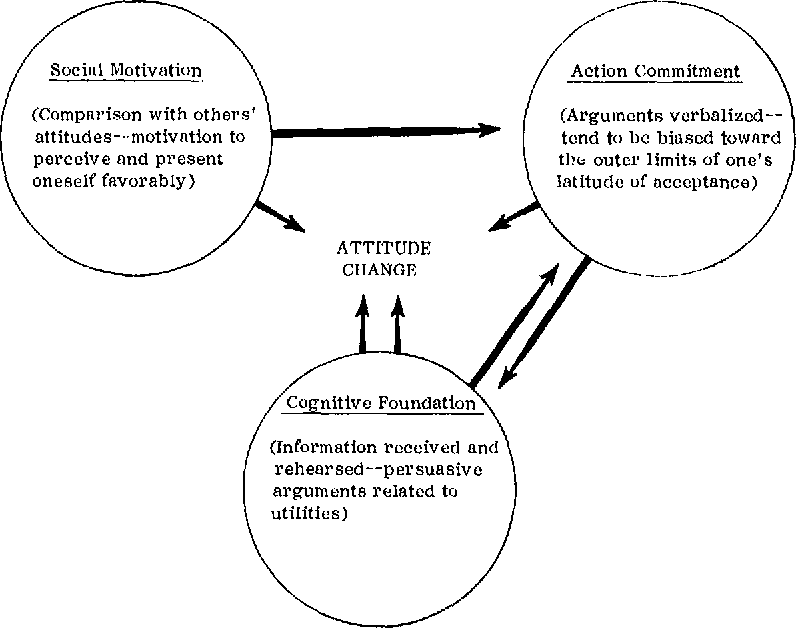 You can use the method below or find your own:
You can use the method below or find your own:
• Look around and notice 5 things you see;
• Pay attention to 3 or 4 things you have heard;
• Pay attention to what you experience: smell, taste, or mouthfeel;
• Pay attention to what you are doing;
• Complete the exercise with your full attention on the current task or activity. (And if you don't have much to do, study the next 3 steps.).
Ideally, do steps 2, 3 and 4 slowly three or four times, this will only take you 2-3 minutes.
5. Important action
Important means corresponding to your main tasks; an action you take because it is really important to you.
You probably already know that frequent handwashing, social distancing and so on are important to protect against coronavirus. However, let's look at additional important steps.
What are the most obvious ways to take care of yourself, those you live with, and those you can really help? What other good, kind, and encouraging things can you do?
Can you support people in need in person, by phone or by text message?
Can you help someone with a task or housework, prepare a meal, hold someone's hand, or play with a small child?
Can you console and comfort someone who is sick? Can you help in serious cases?
What are the most effective ways to spend time at home in case of self-isolation, forced quarantine or social distancing do you know?
You may want to play sports to stay fit, cook healthy meals (to the extent possible given the restrictions), and engage in other beneficial activities on your own or with others.
Constantly throughout the day ask yourself the question, "What can I do right now to improve my life or the lives of other people with whom I live or communicate?" And perform this action, including in it completely.
6. Self-kindness
Difficult feelings continue to surface as the crisis progresses: fear, anxiety, anger, sadness, guilt, loneliness, disappointment, confusion, and many others.
We can't stop them from coming; these are normal reactions. But we can recognize that they are normal, allow them to be and treat ourselves kindly.
Remember, to deal with a crisis, you must be kind to yourself. If you've ever flown in an airplane, you've probably heard the phrase, "In case of an emergency, put on an oxygen mask for yourself and then for those around you." It turns out that goodwill towards yourself is your own oxygen mask; if you have to take care of others, you will do much better if you take care of yourself first.
So ask yourself: “If someone I love was faced with this, experienced the same thing as me, how would I treat him if I wanted to show kindness and care? How will I behave towards such people? What can I say or do? And then try to treat yourself the same way.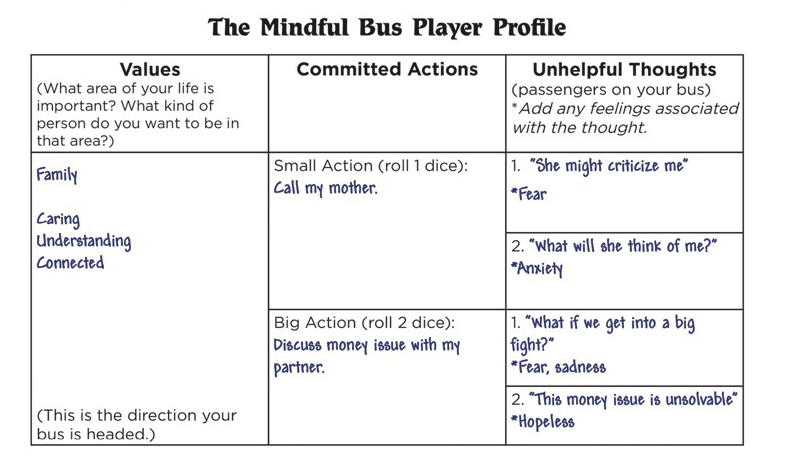
7. Values
Important values include love, respect, humor, patience, courage, honesty, caring, openness, kindness, and more. Find ways to fill your day with these values. Let them guide you and motivate your actions.
Of course, as a crisis develops, all sorts of obstacles will come up in your life: goals you can't achieve, things you can't do, problems for which there are no easy solutions. However, you can still follow your values despite the odds.
Think:
What good things can you afford despite the difficult situation?
What kind words can you say to yourself, what kind things can you do for yourself?
How can you help other people who are suffering?
How can you contribute to the well-being of those around you by being kind and caring?
8. Resources
Identify sources of help, assistance and support. Namely: friends, family, neighbors, medical workers, emergency services. Make sure you have access to emergency numbers, including psychological help if needed.